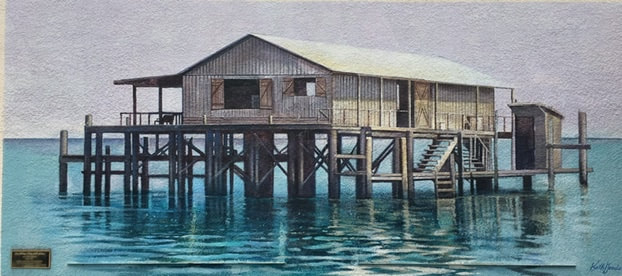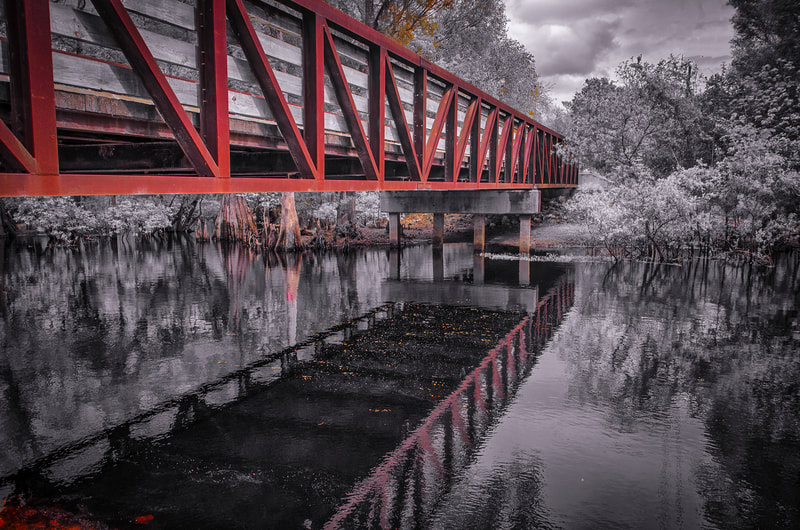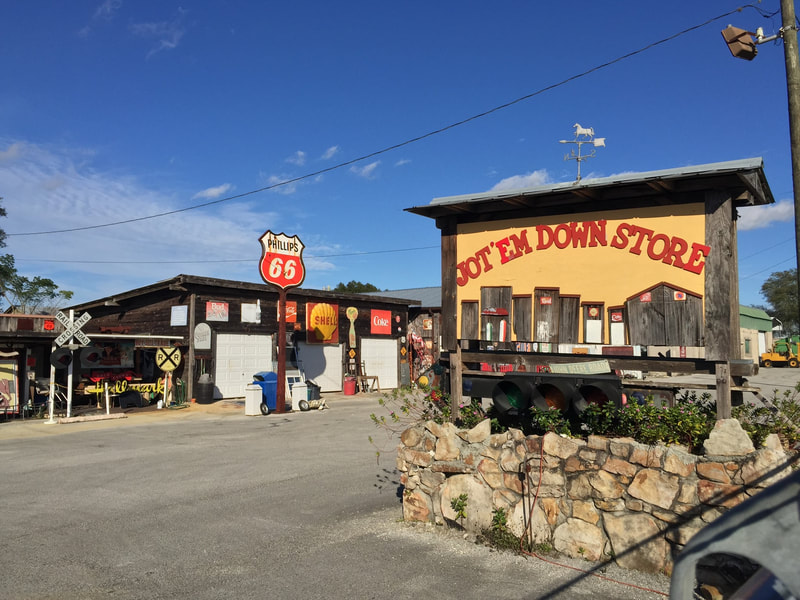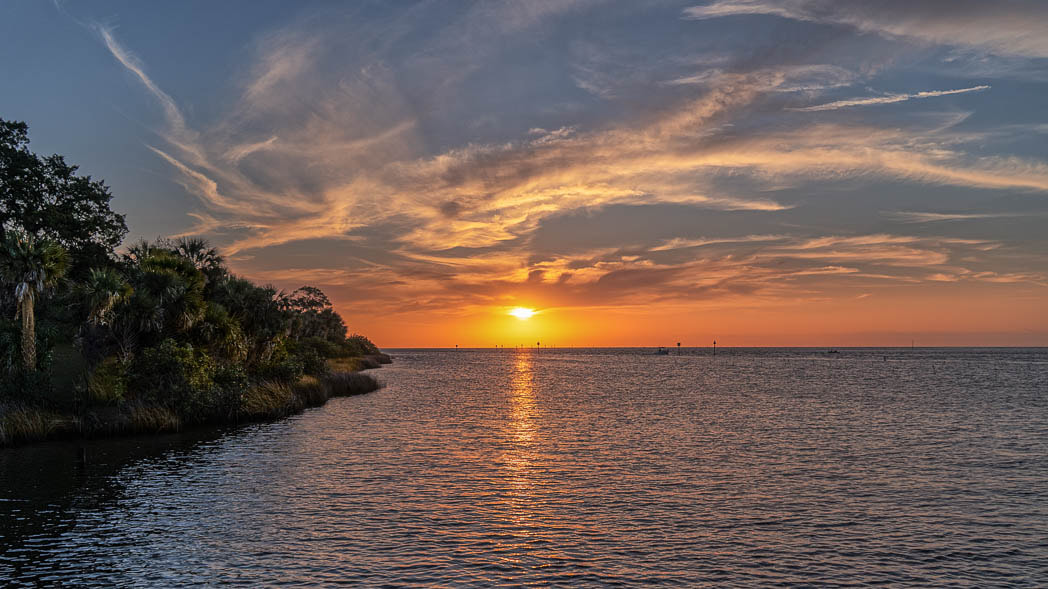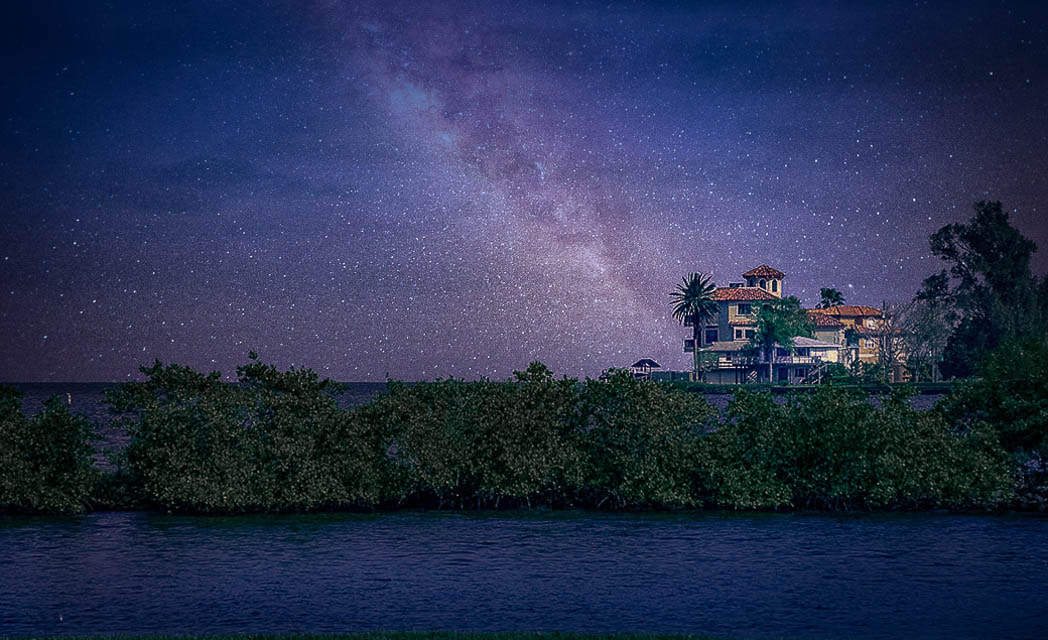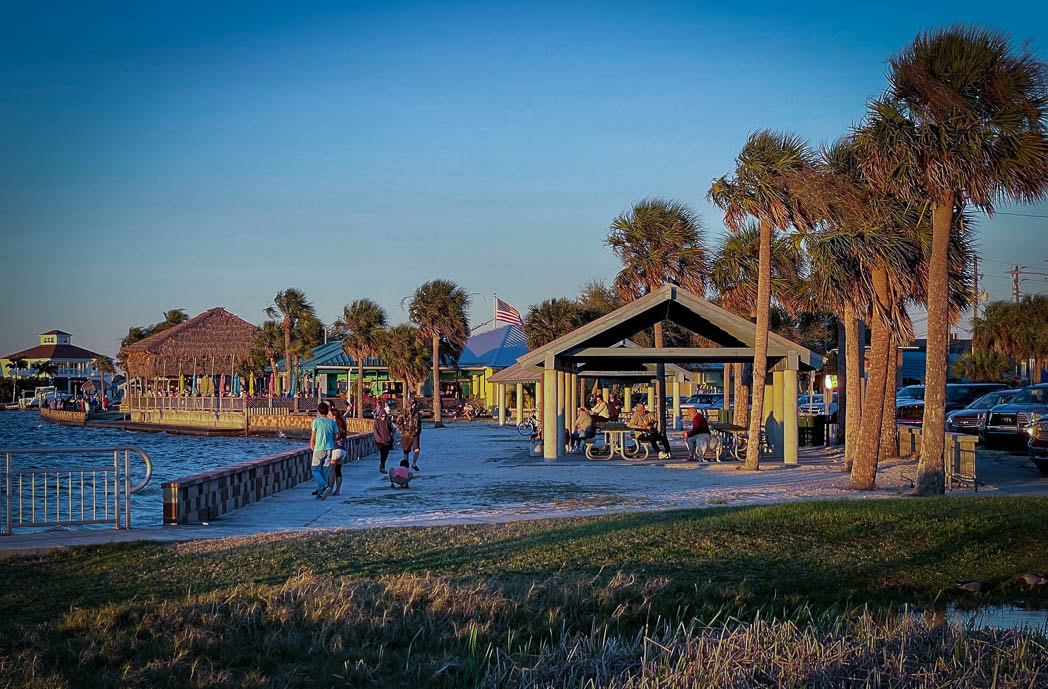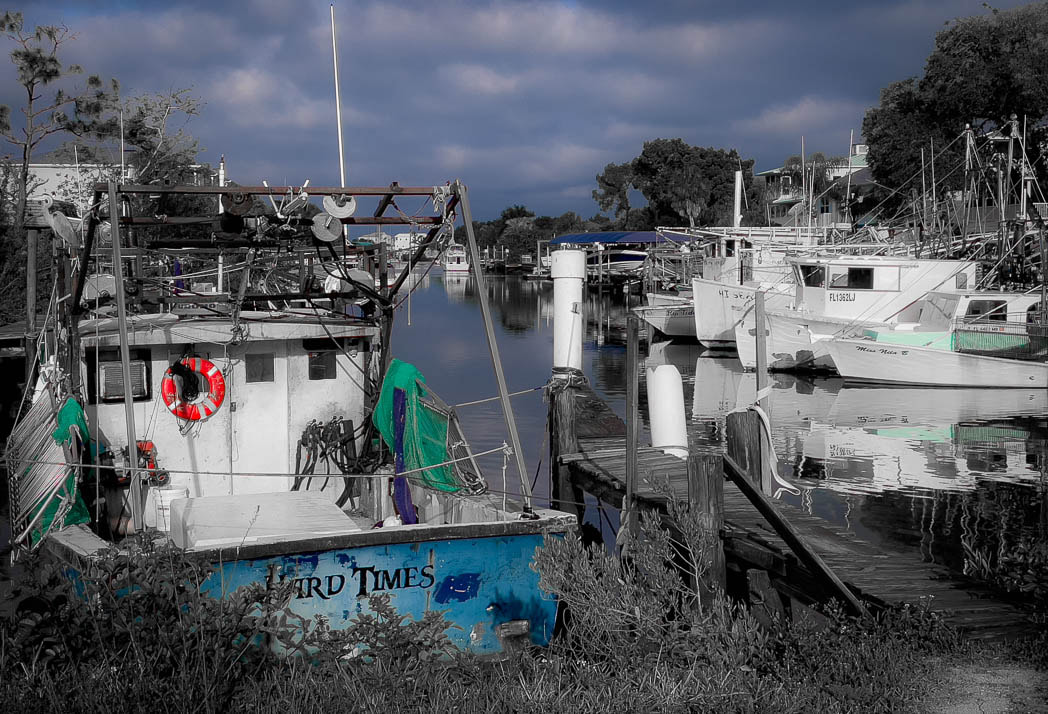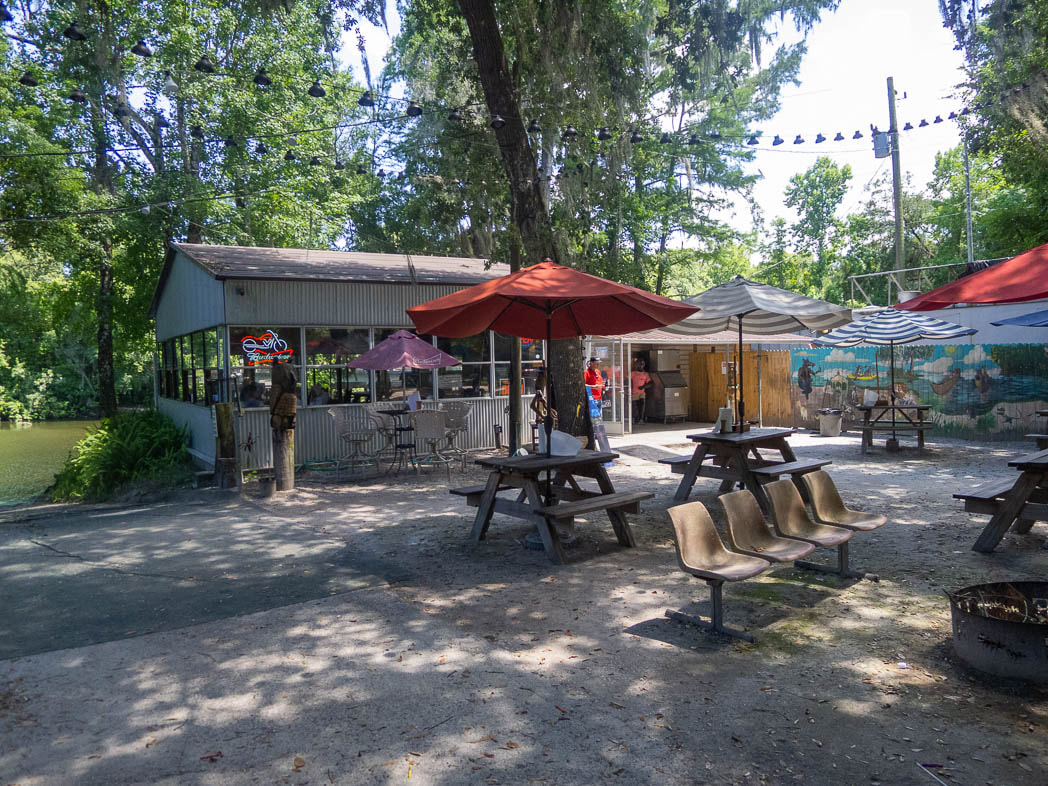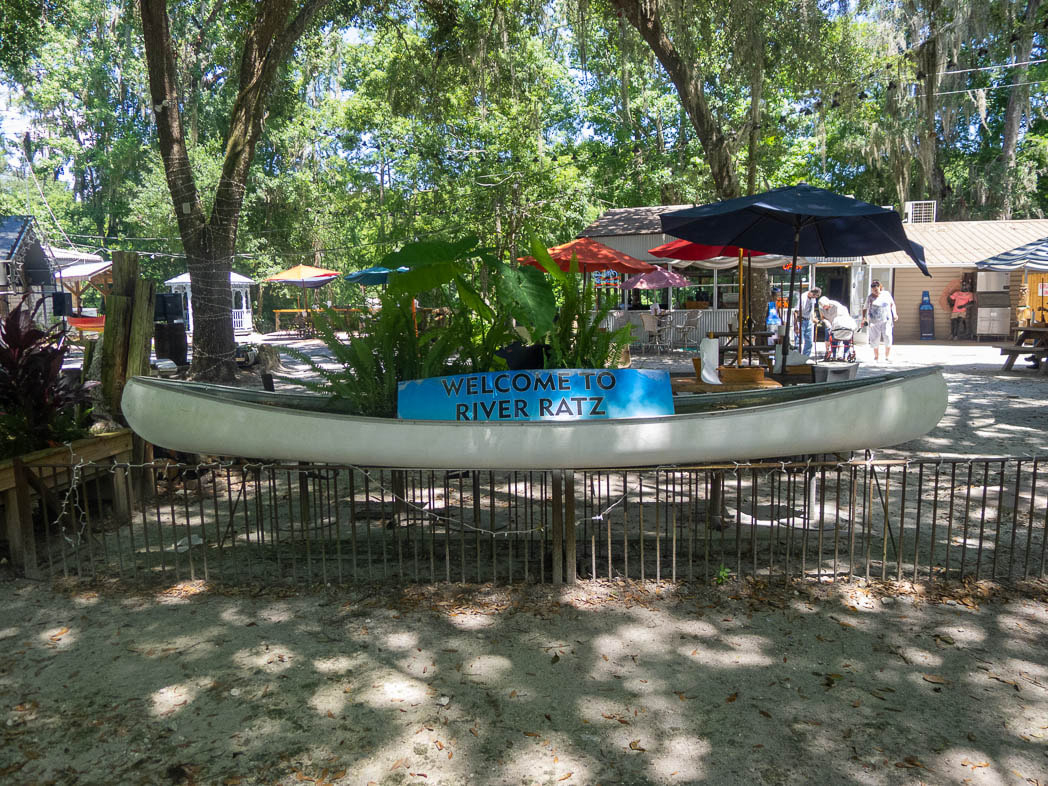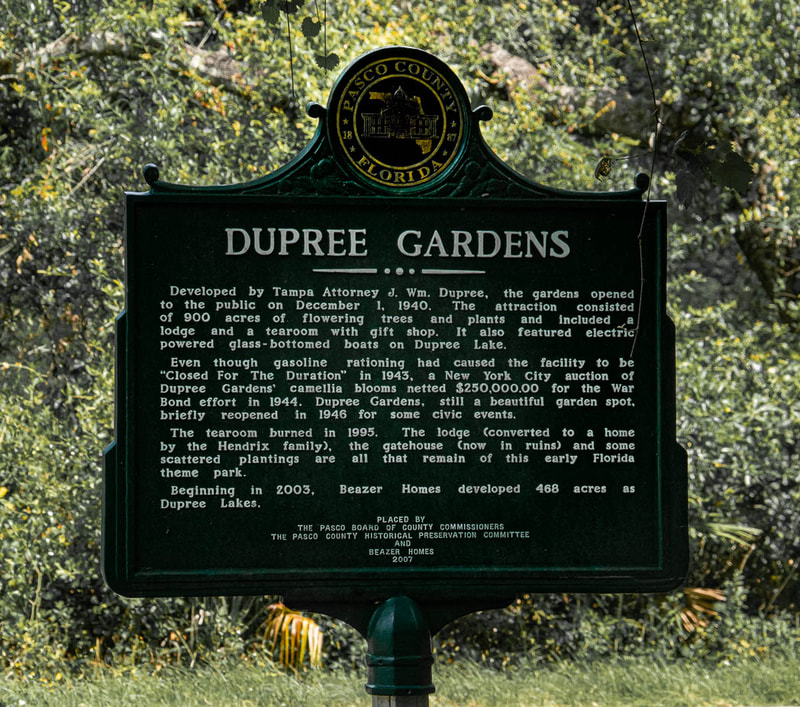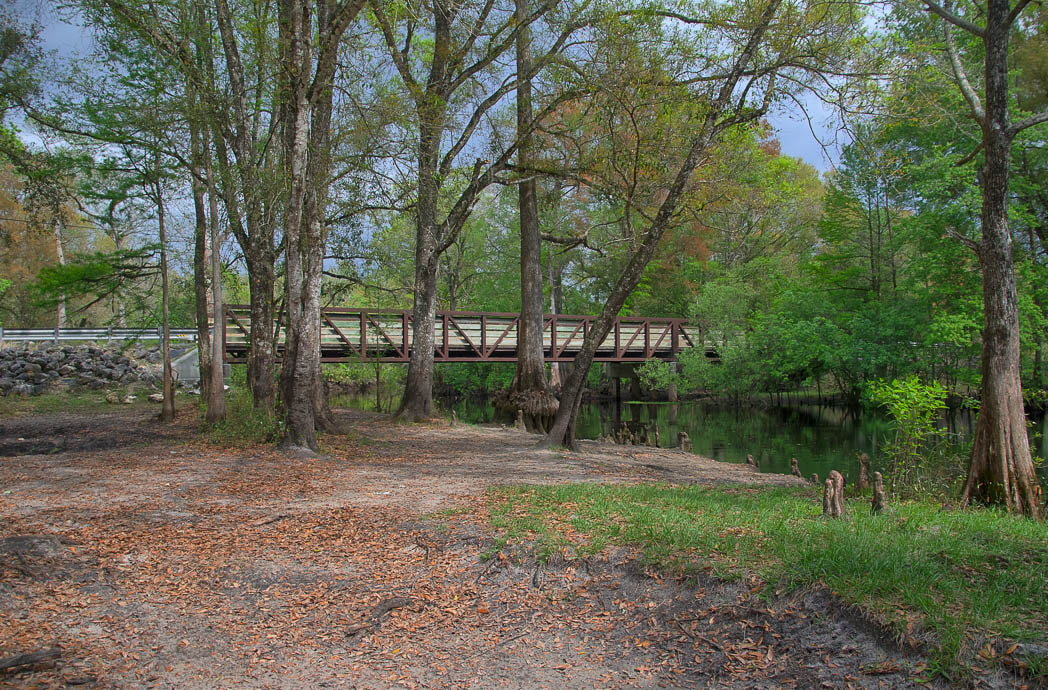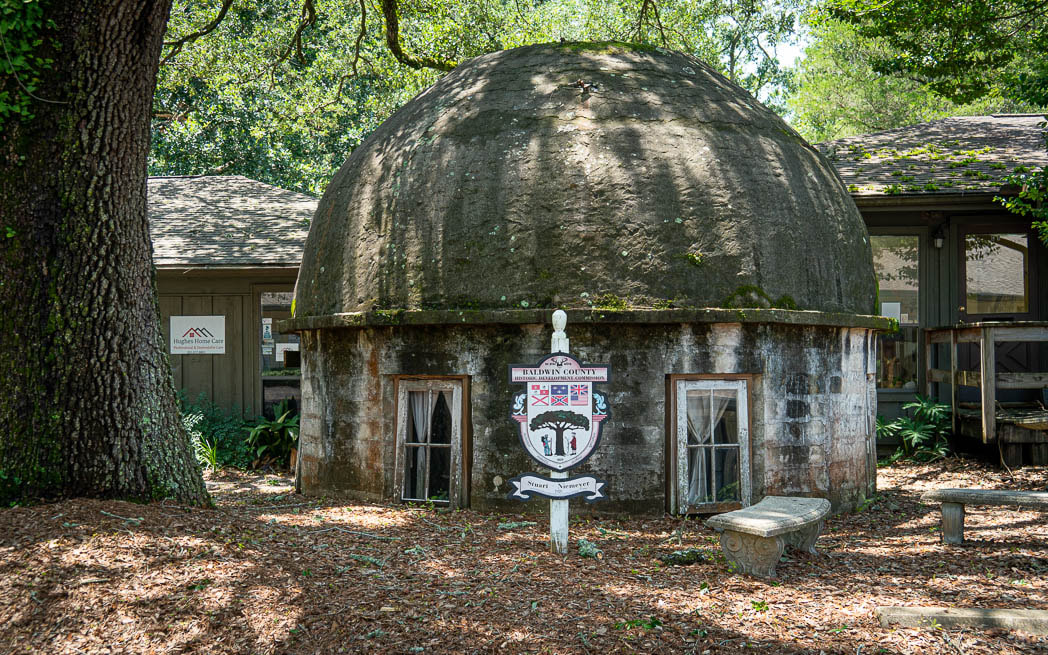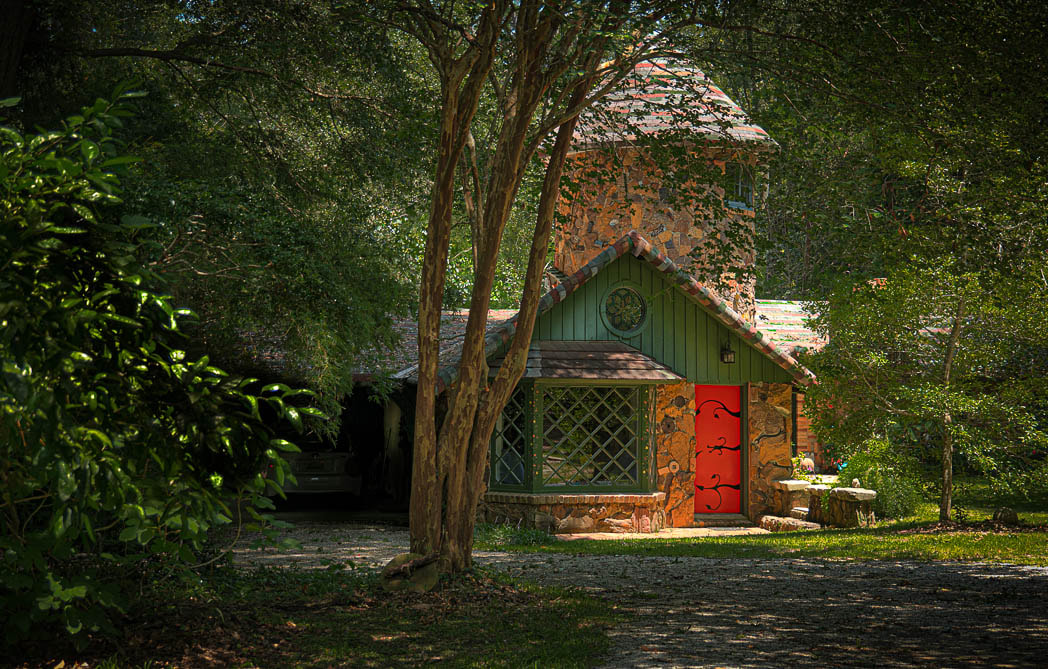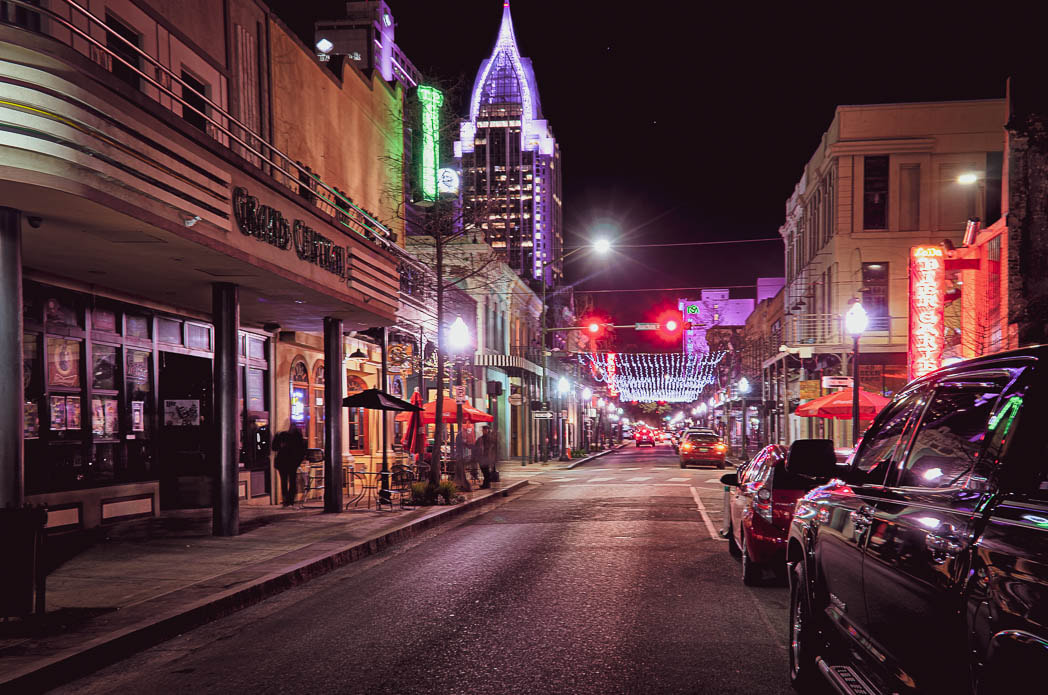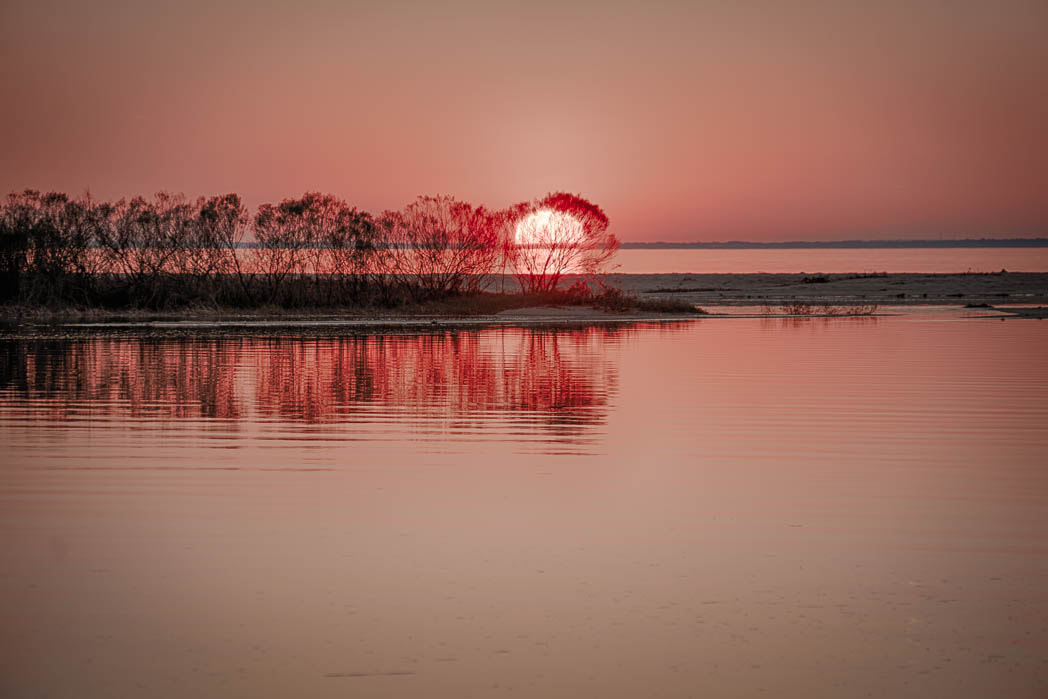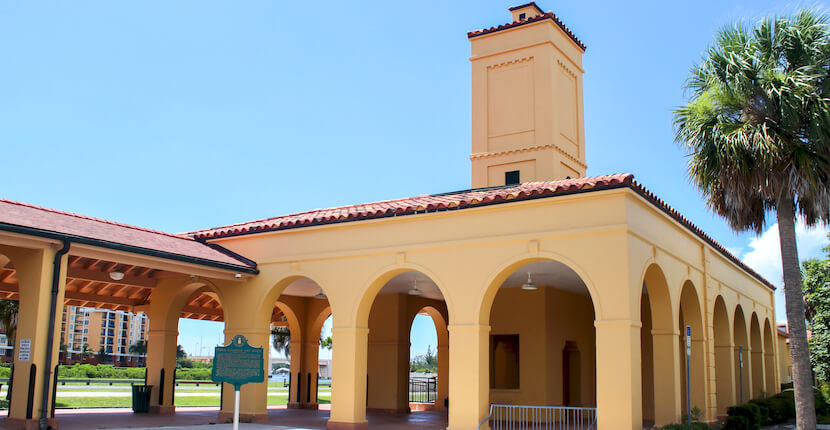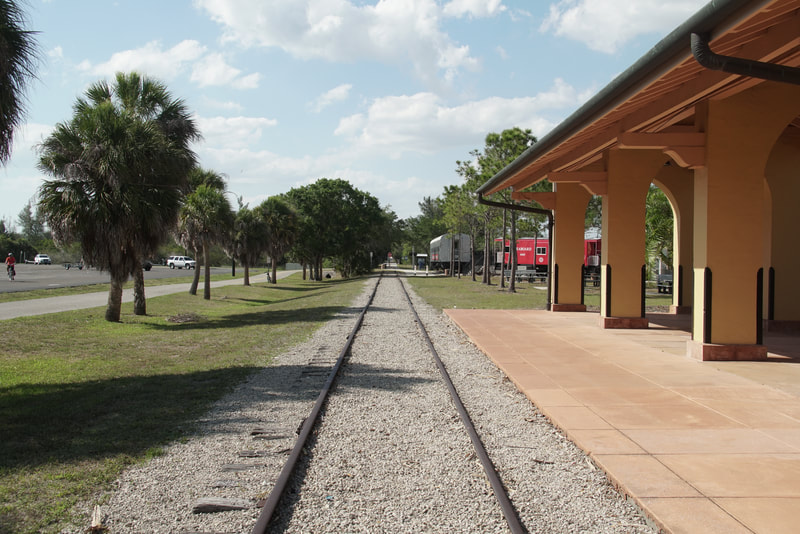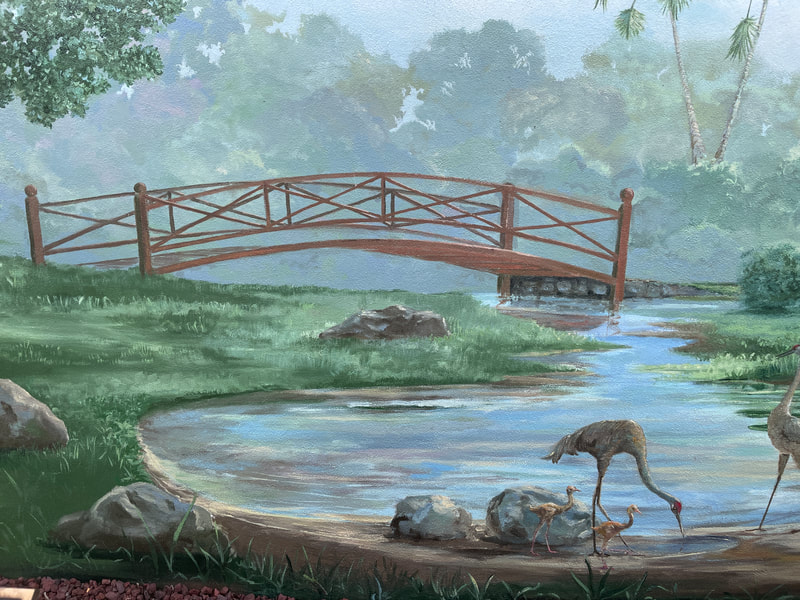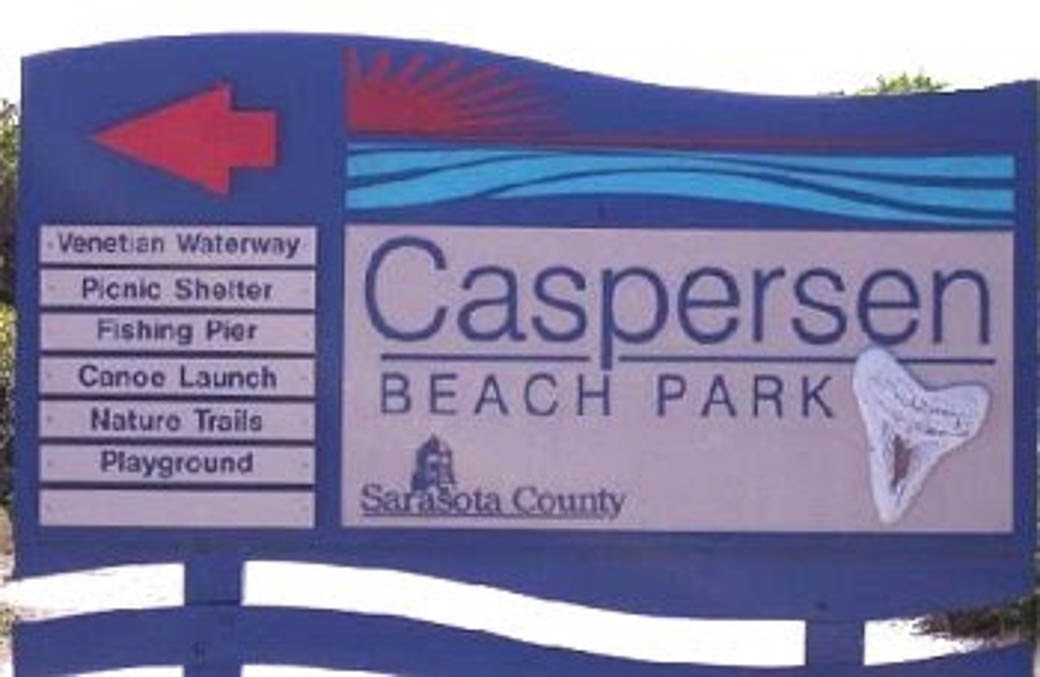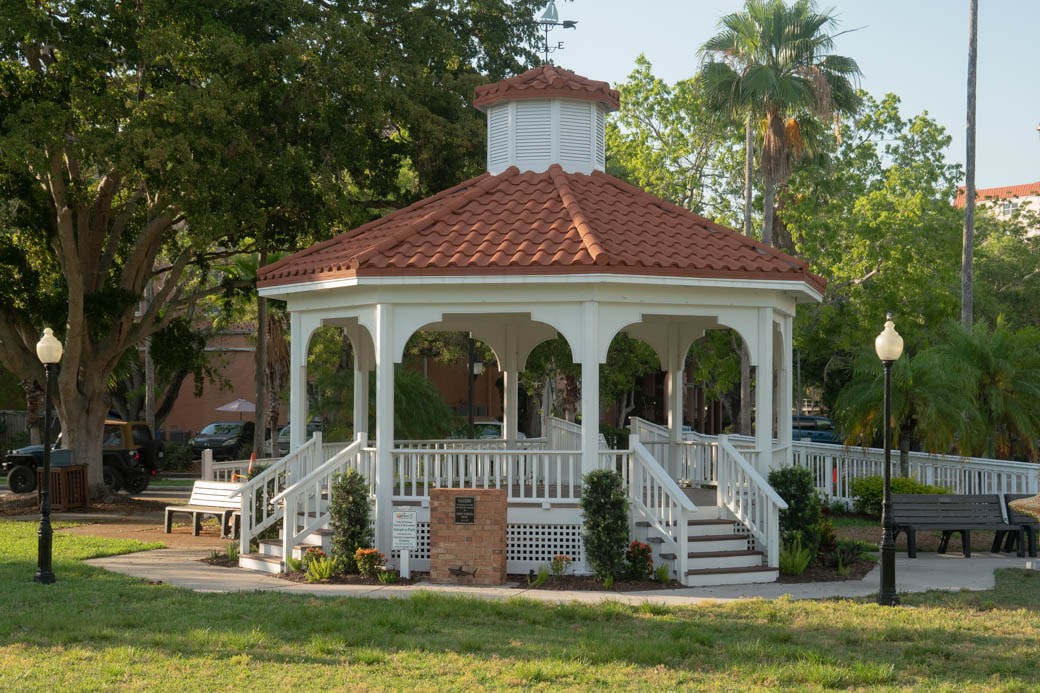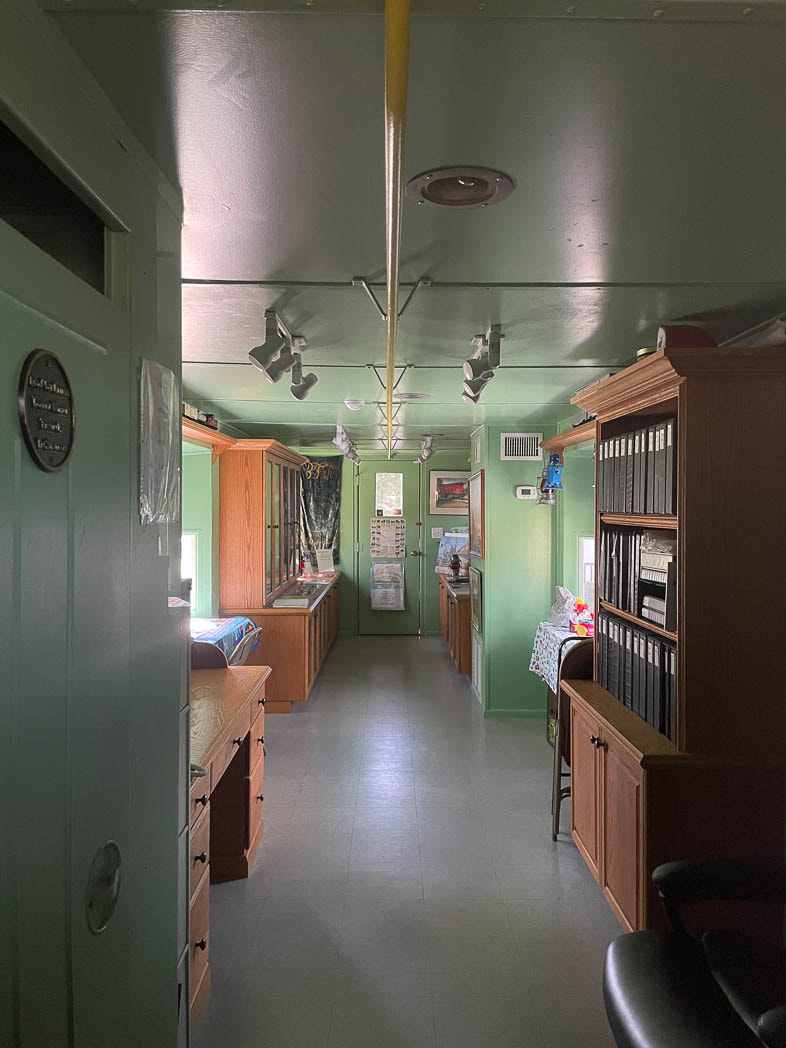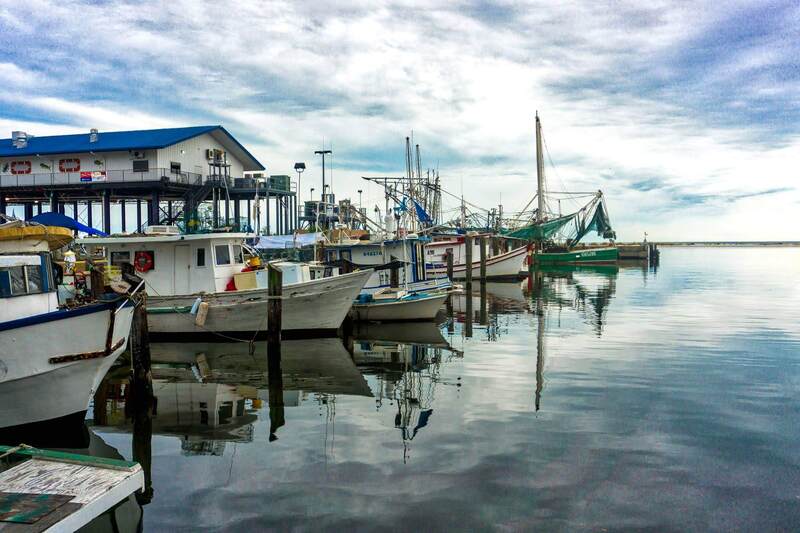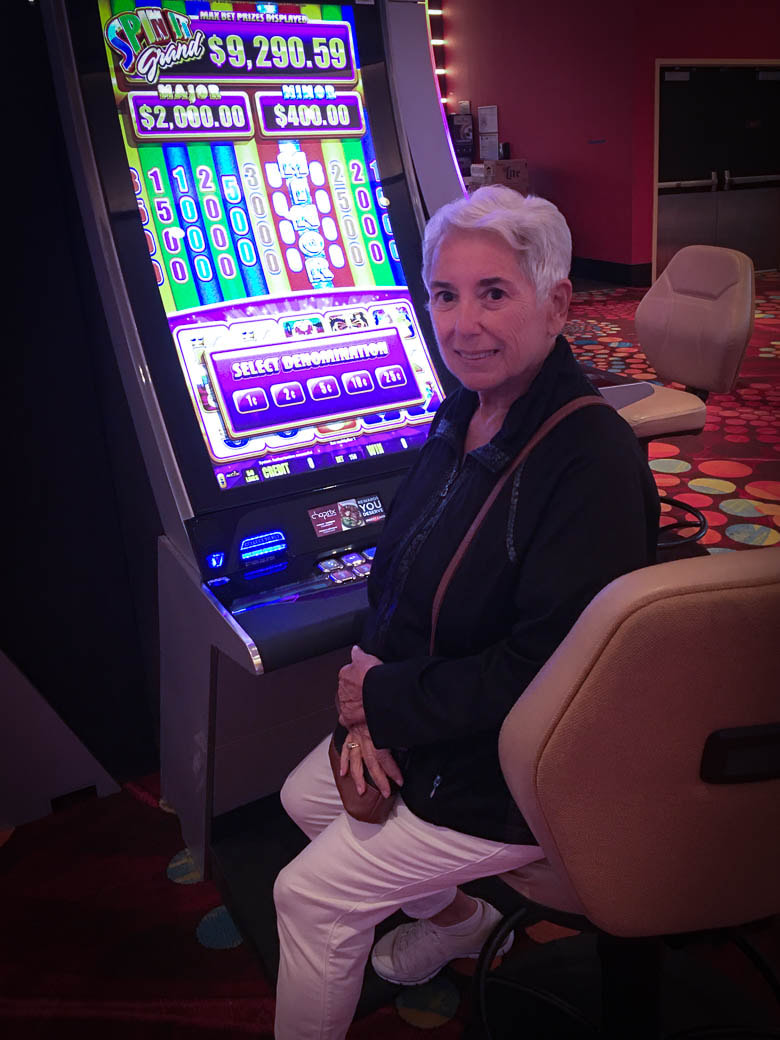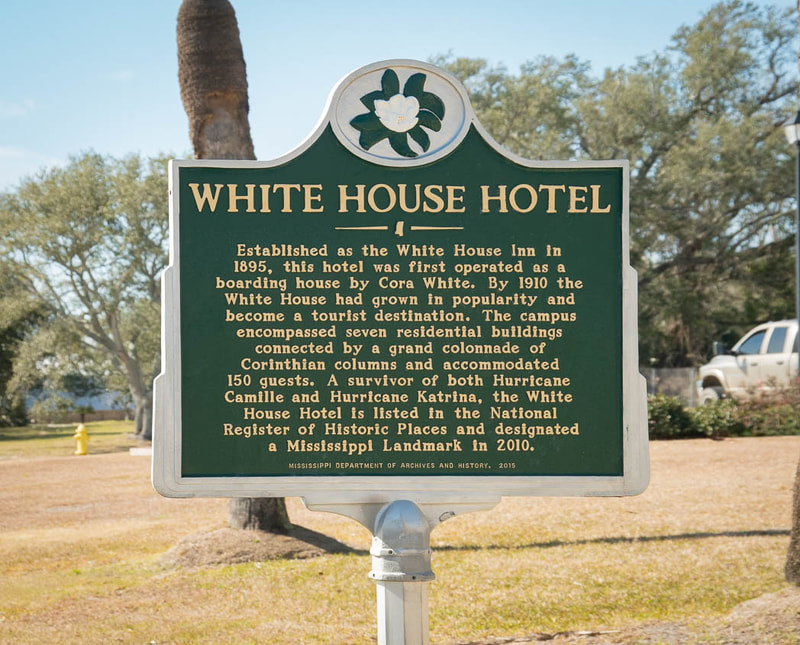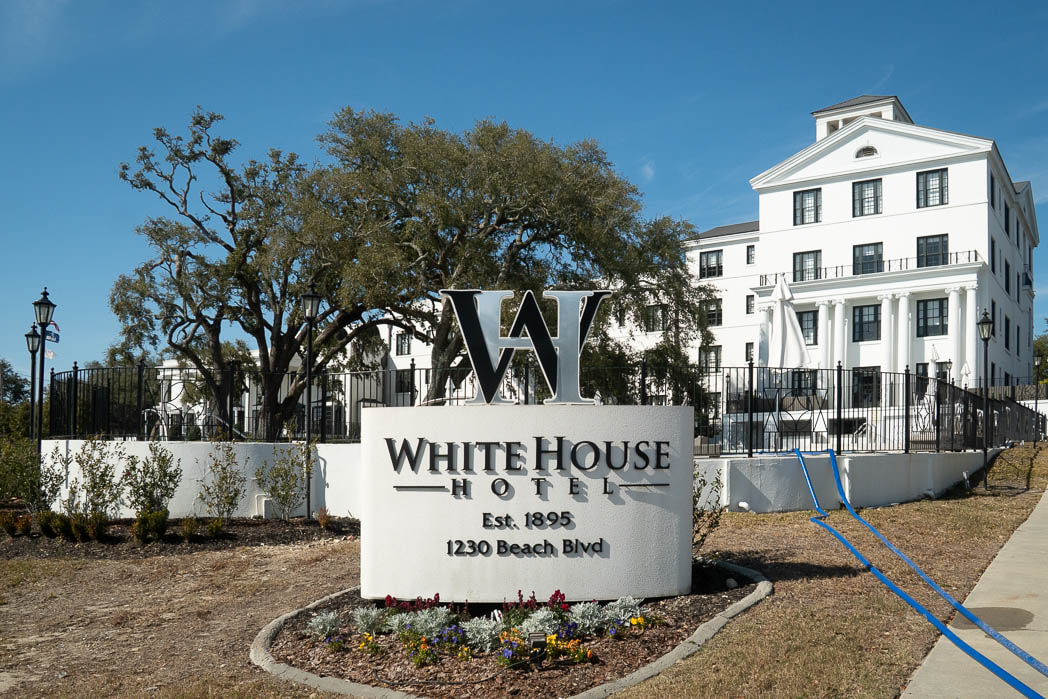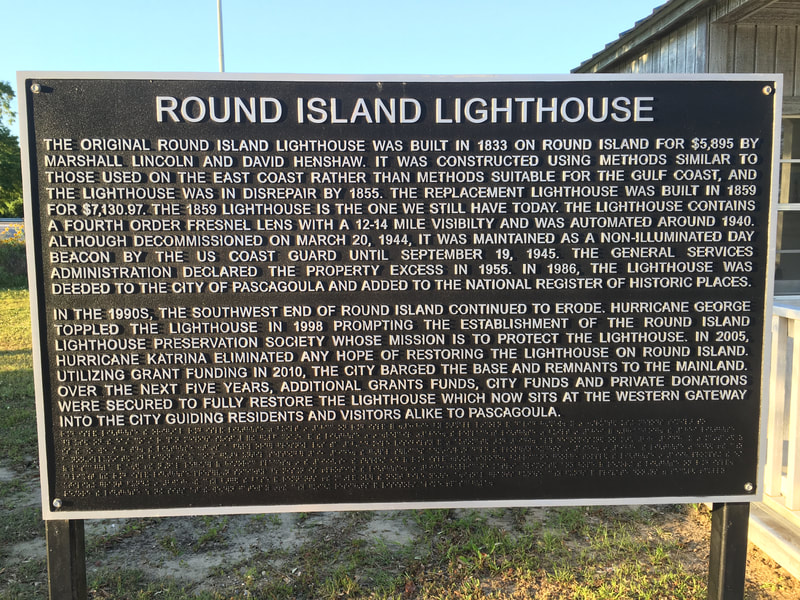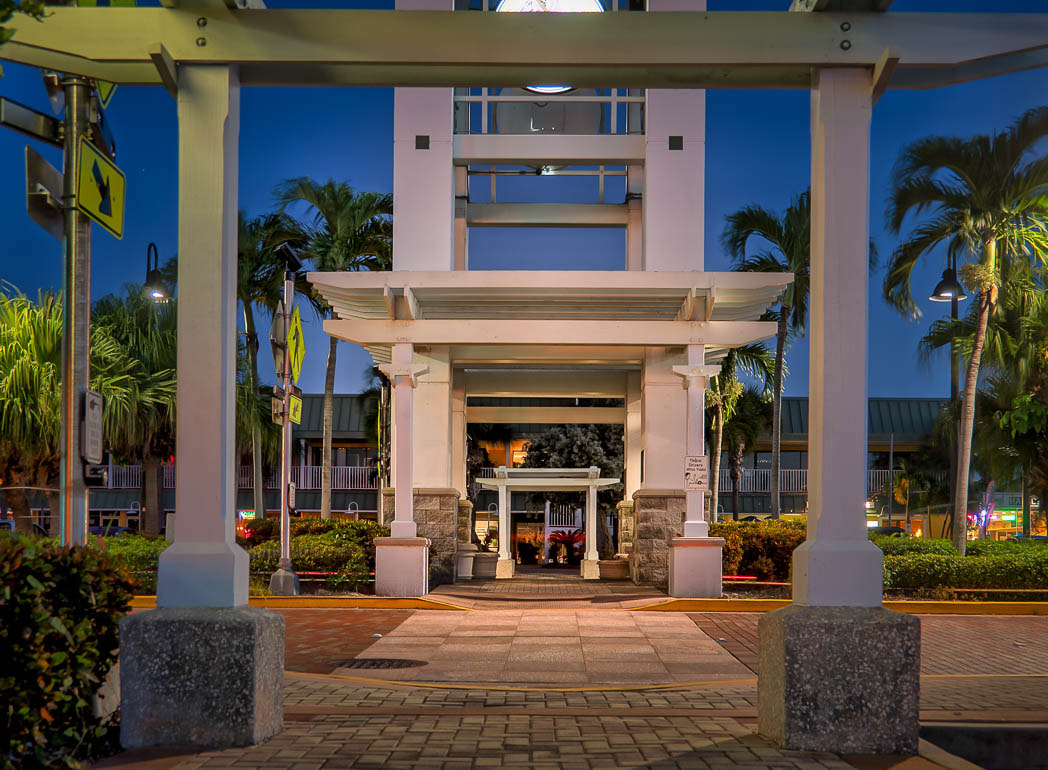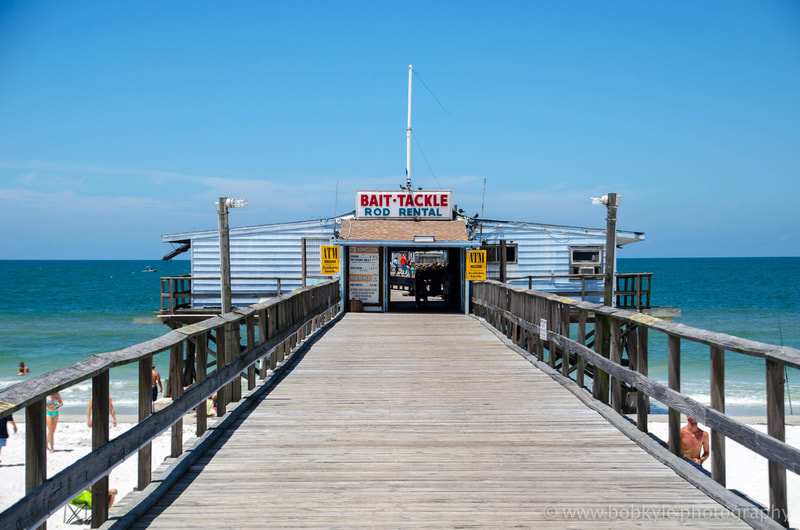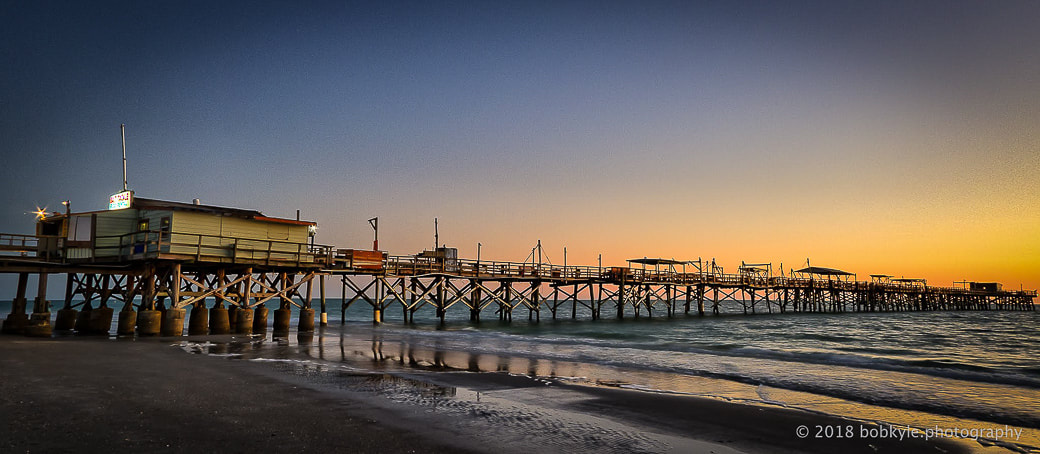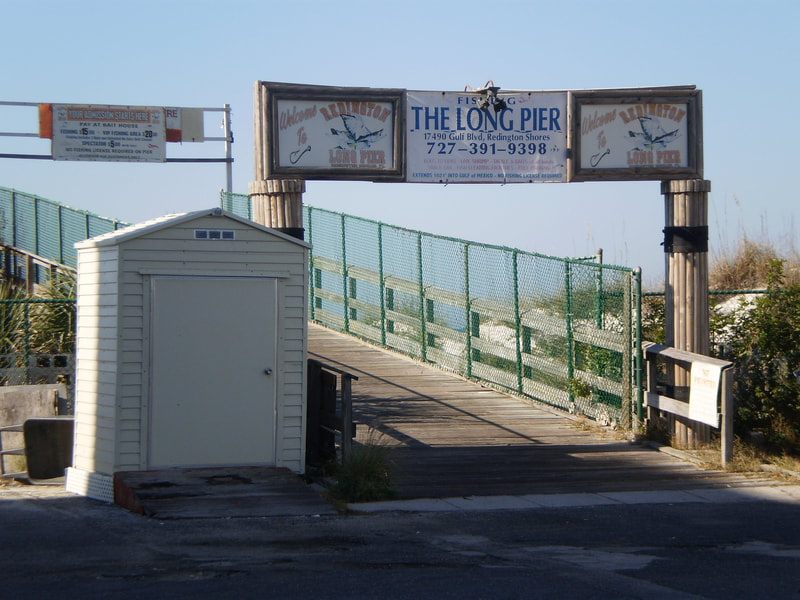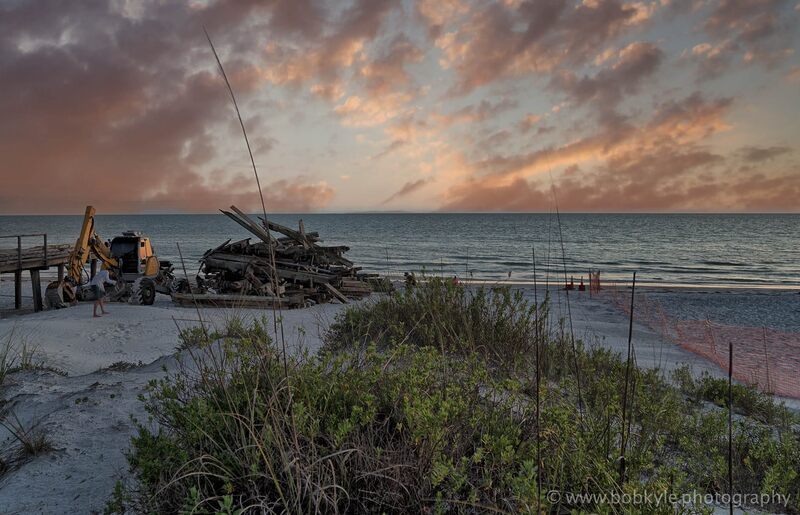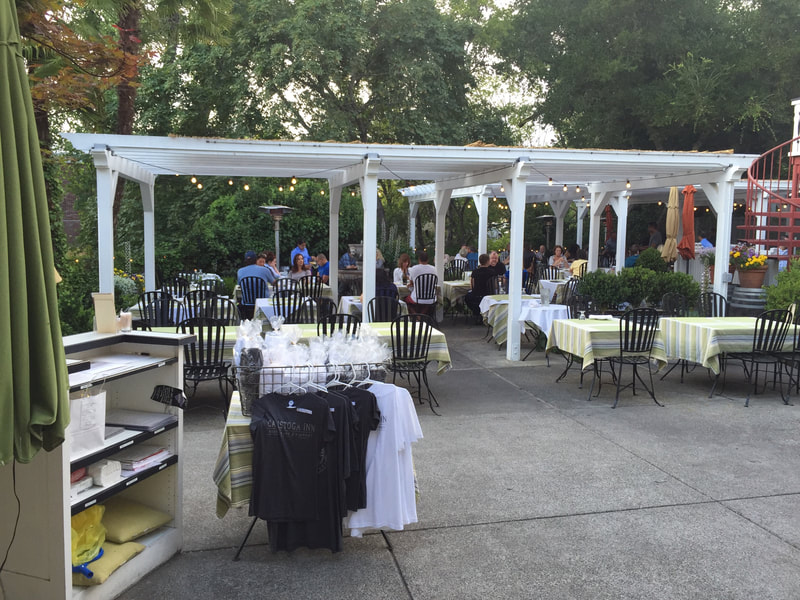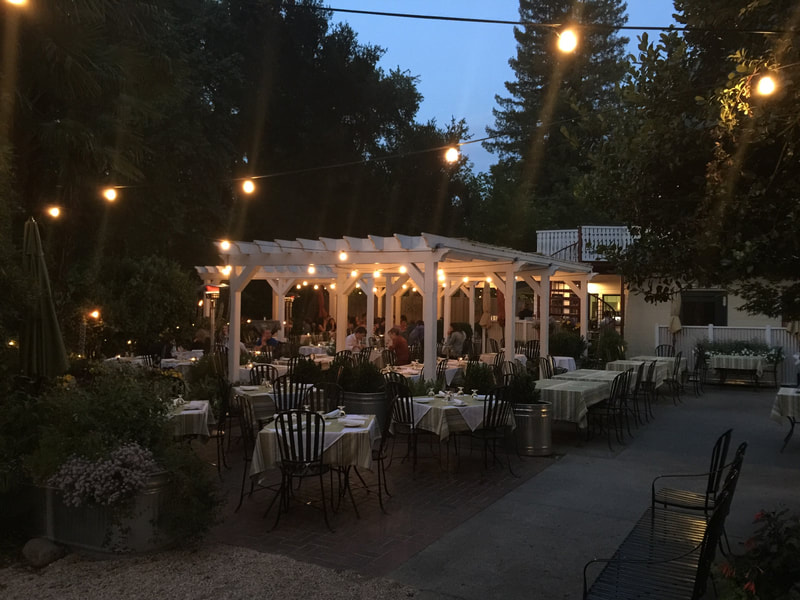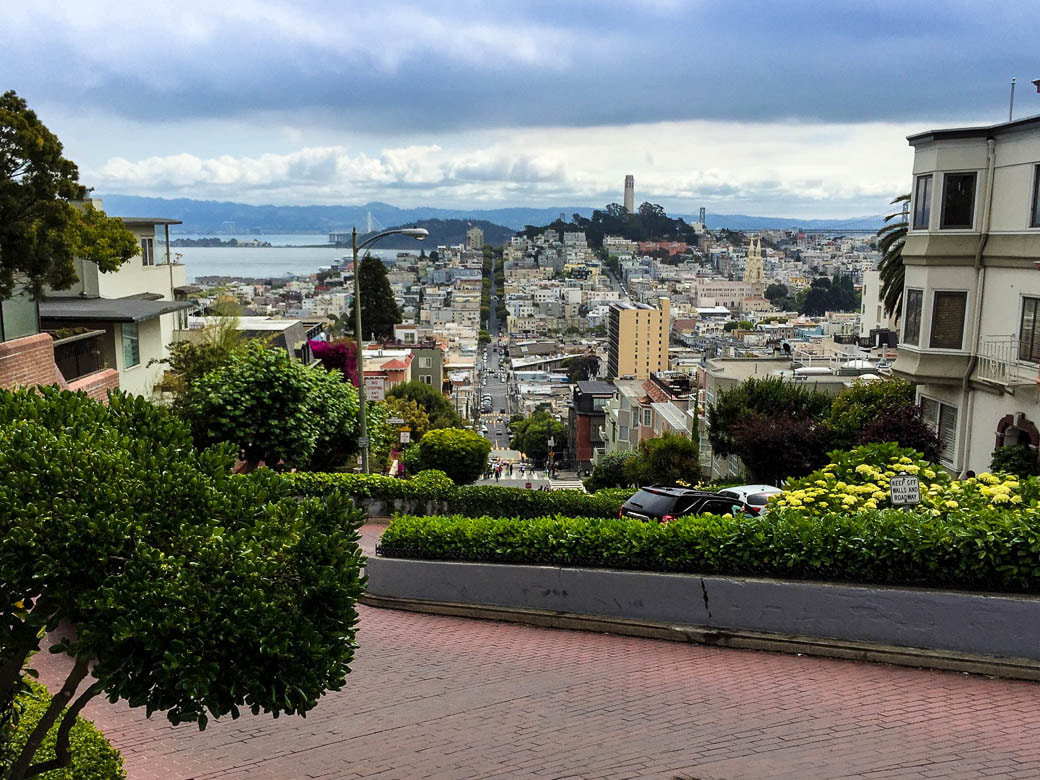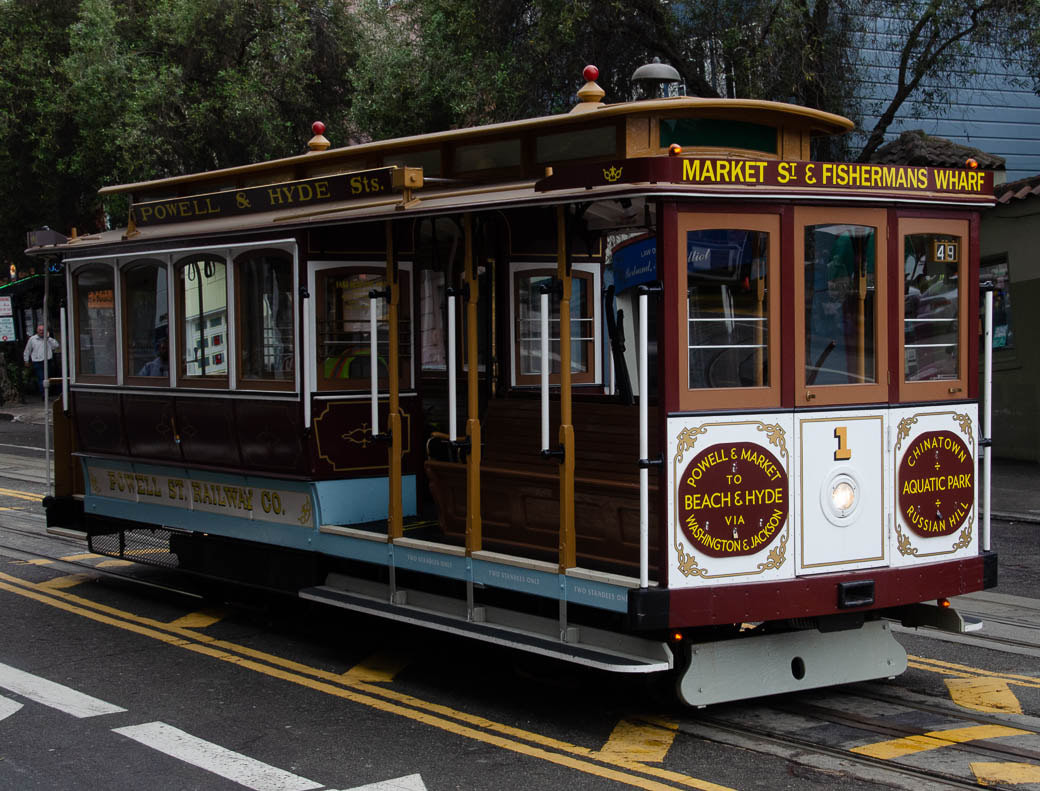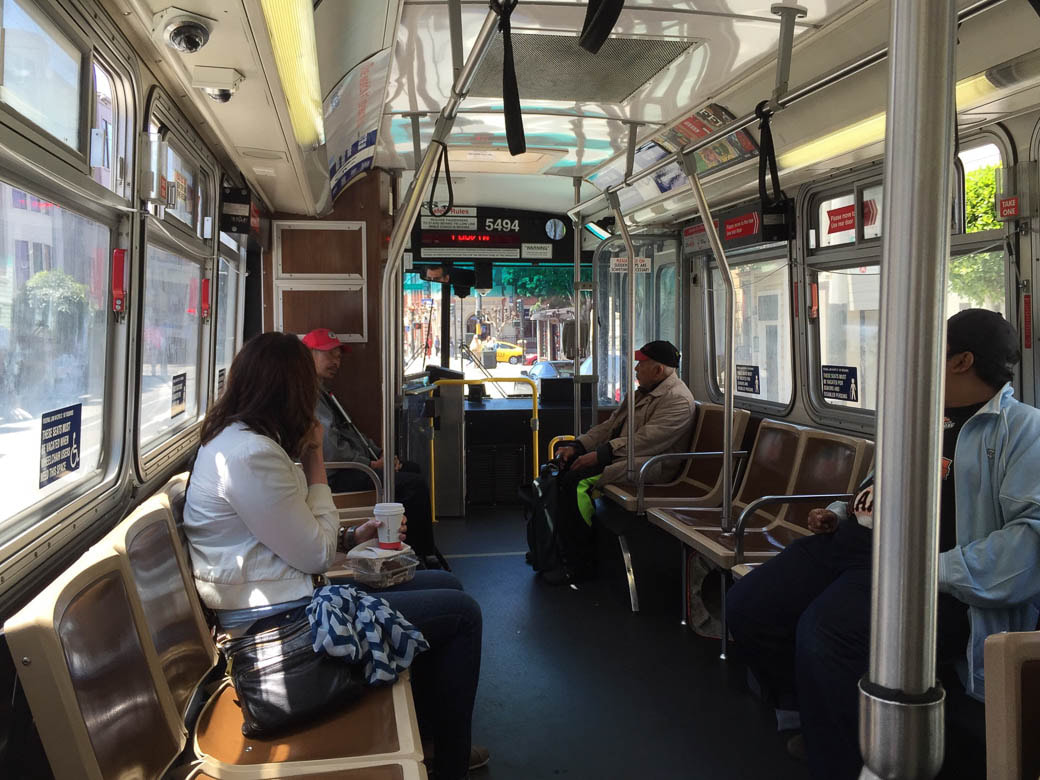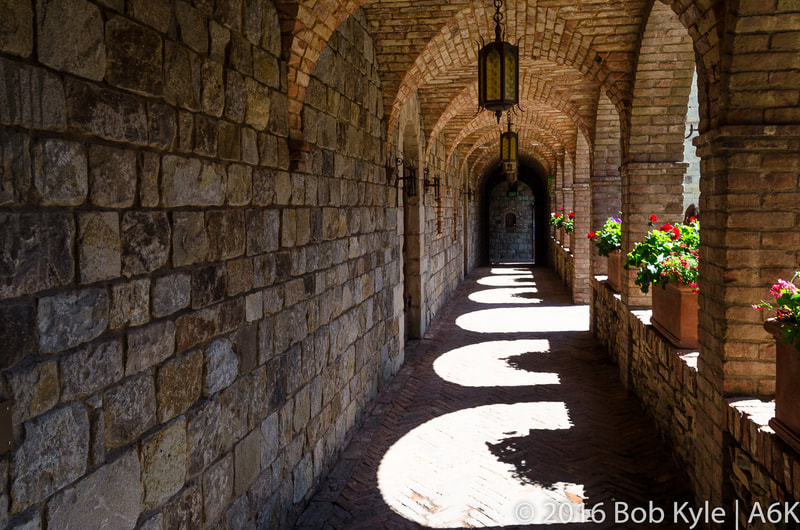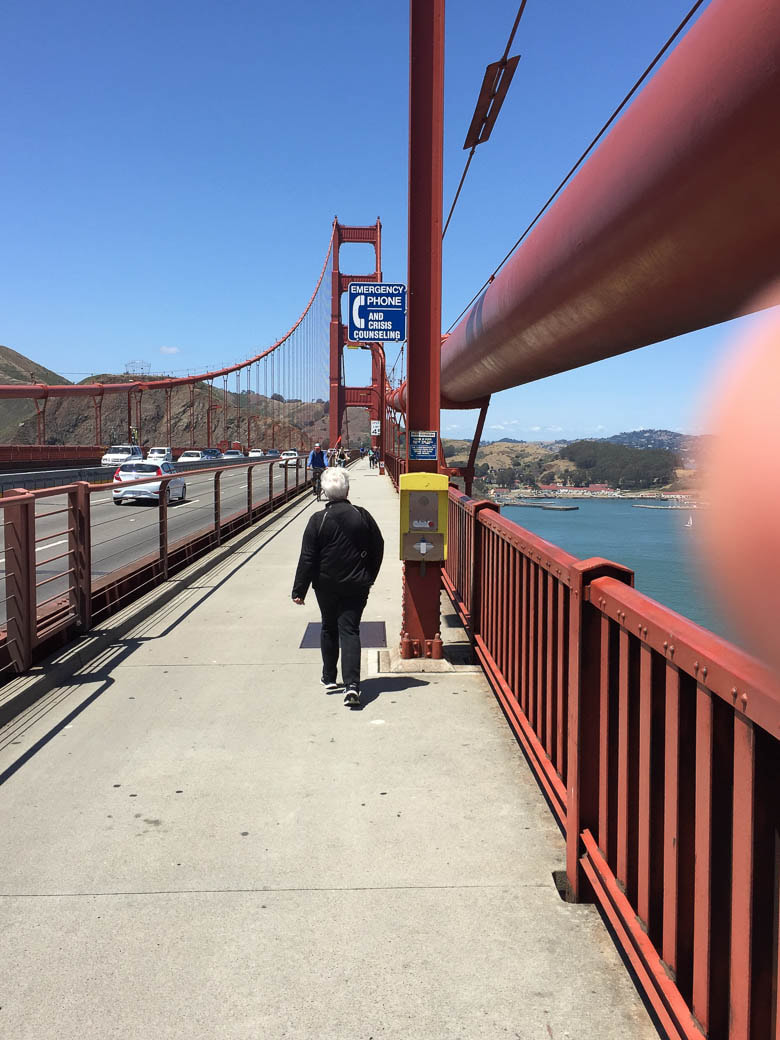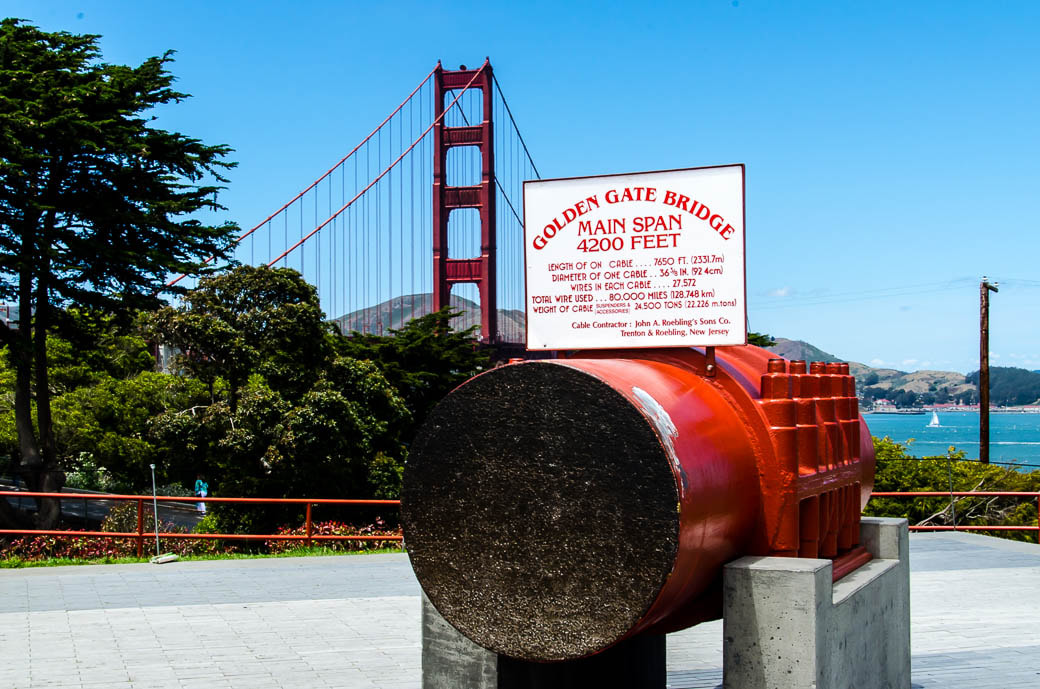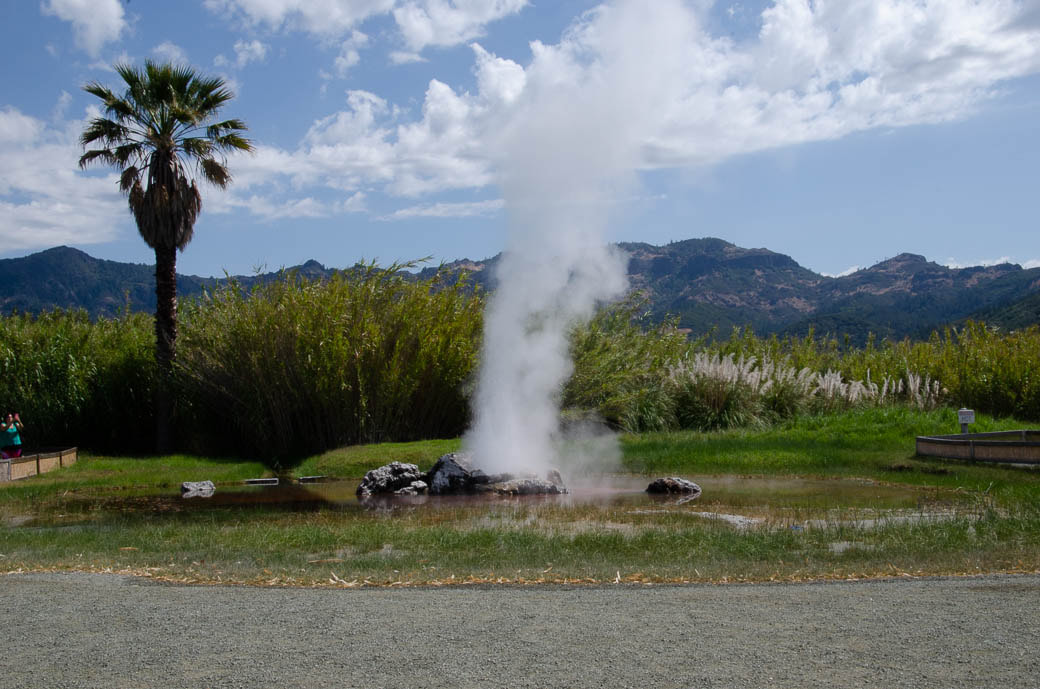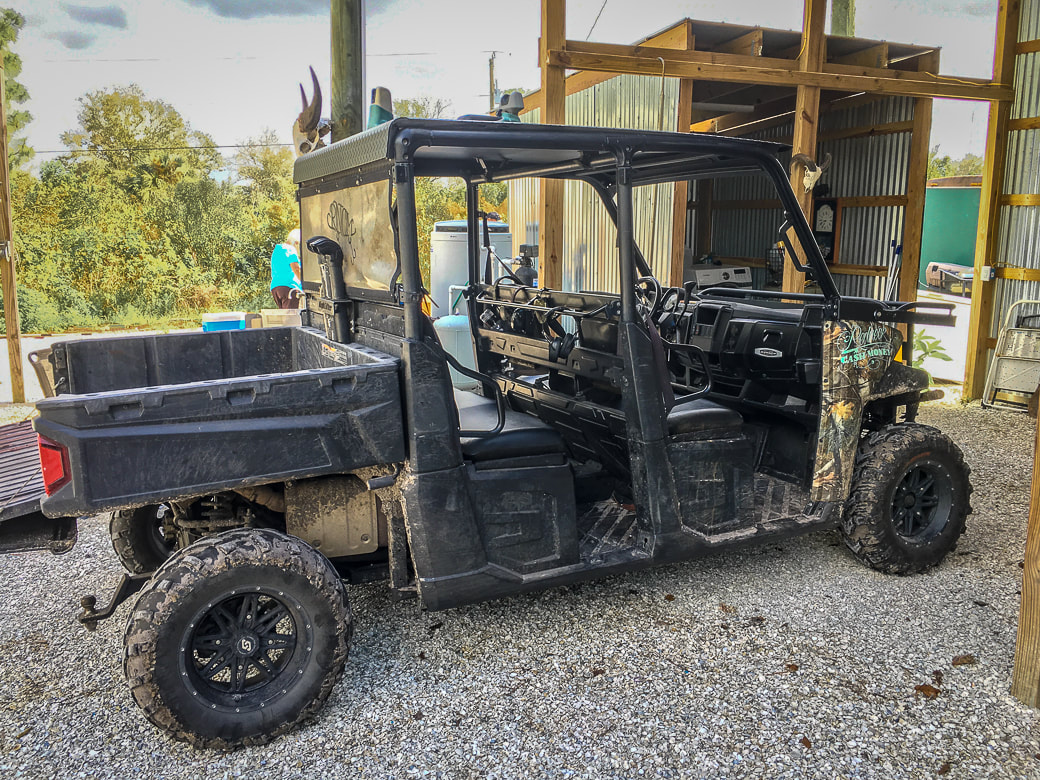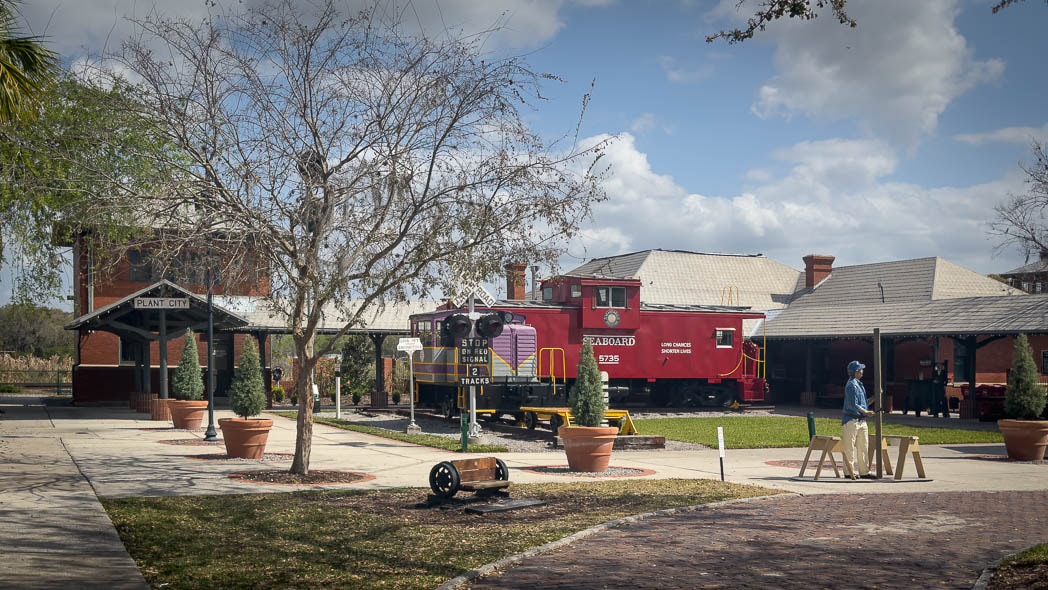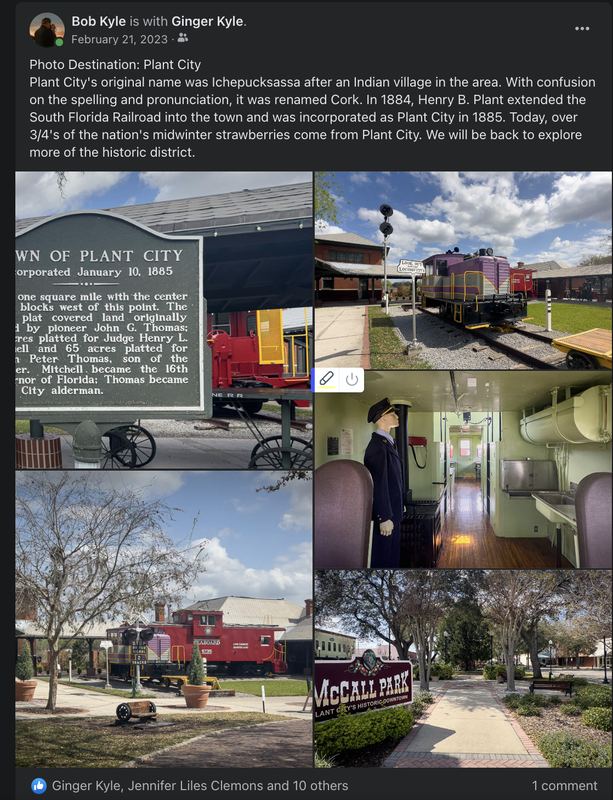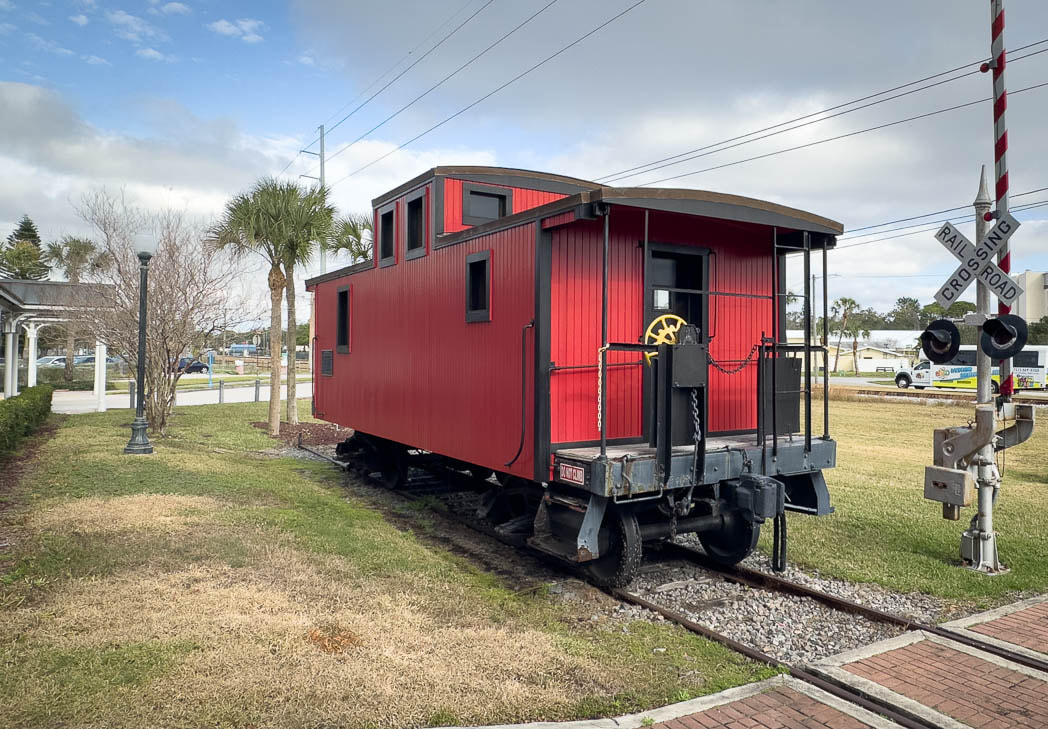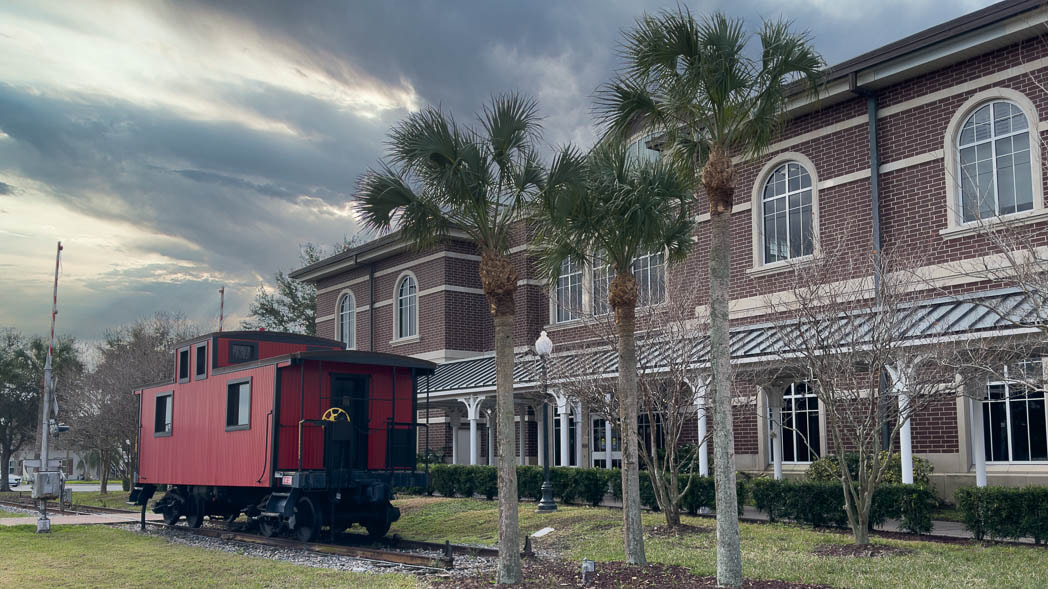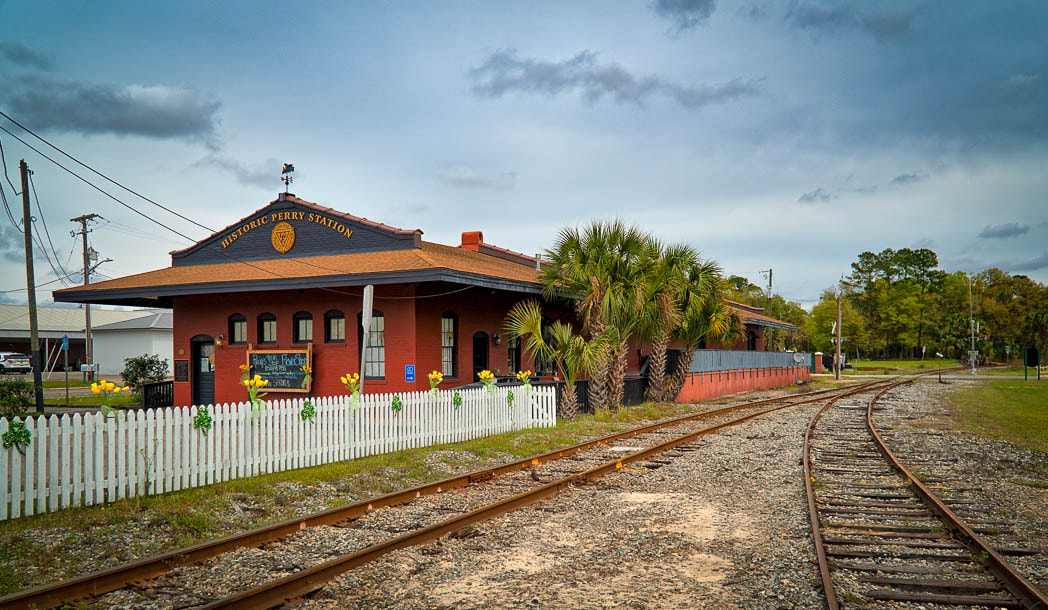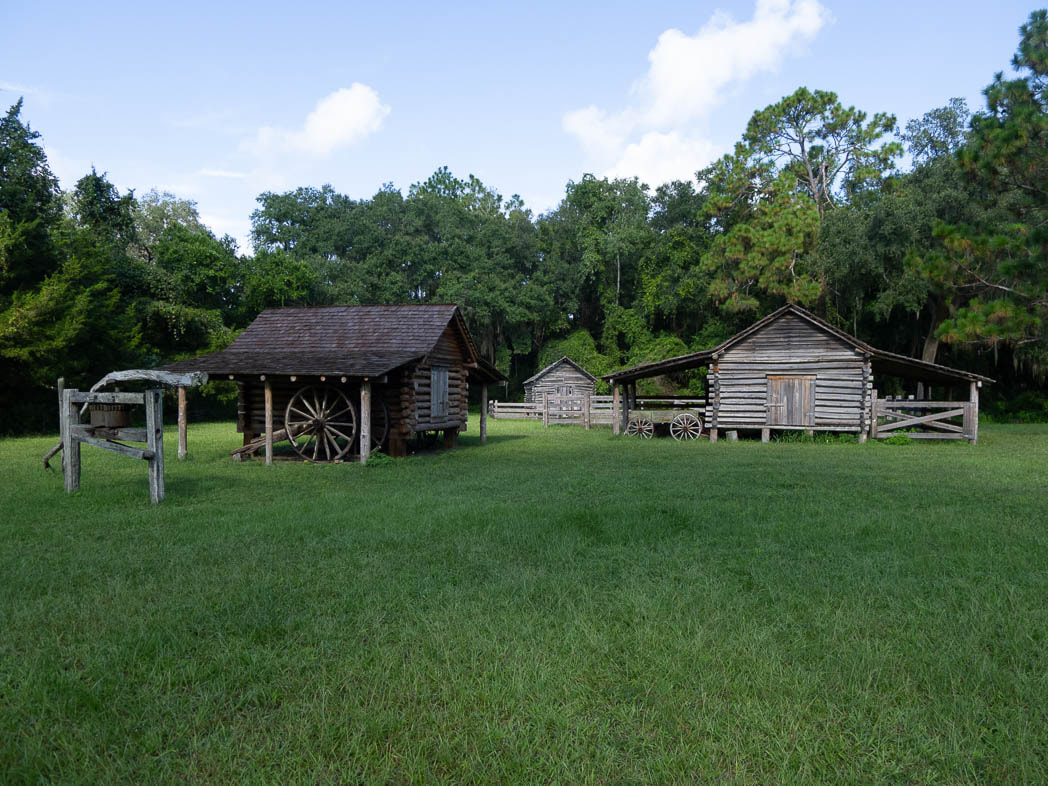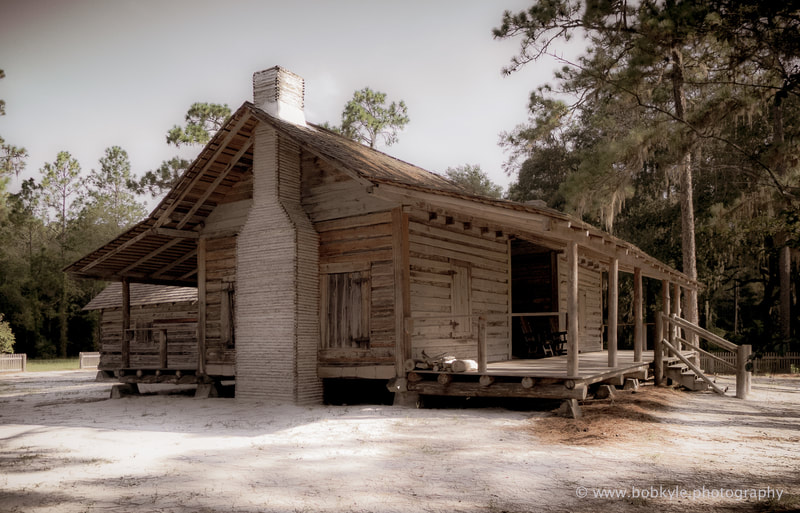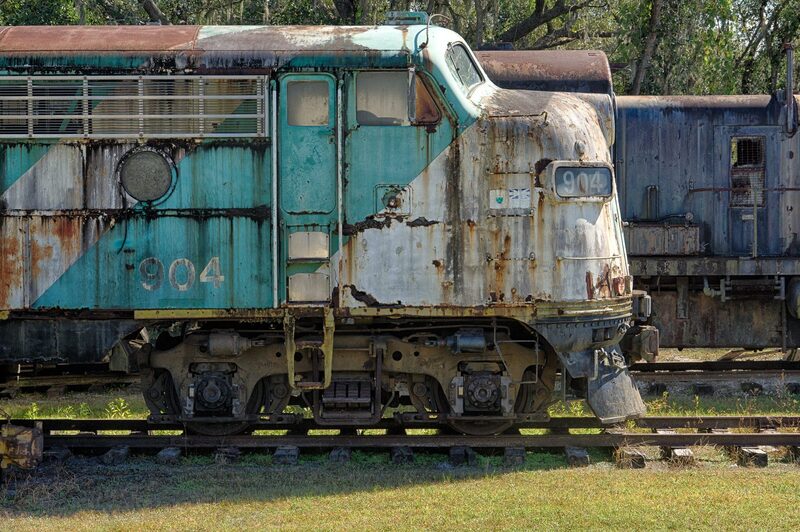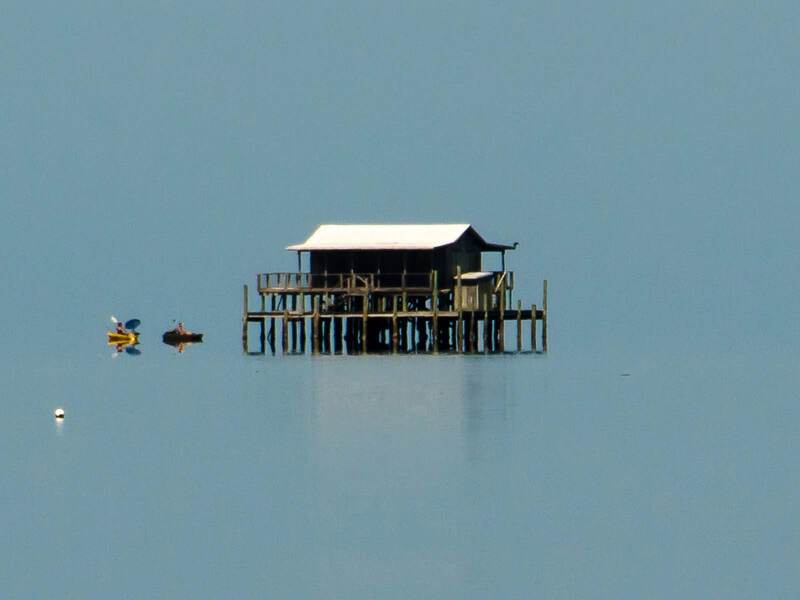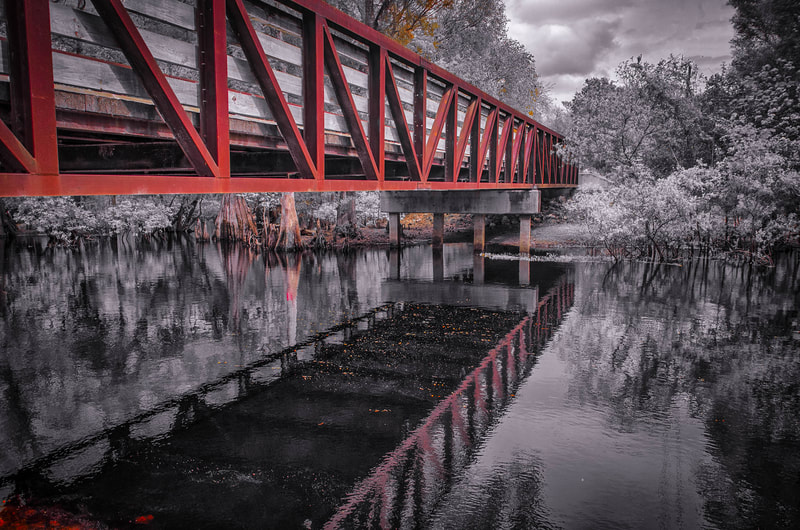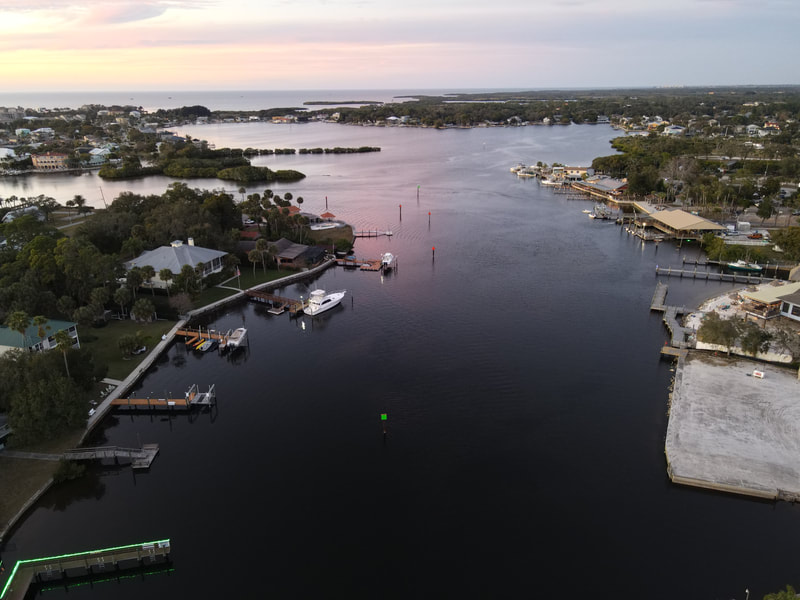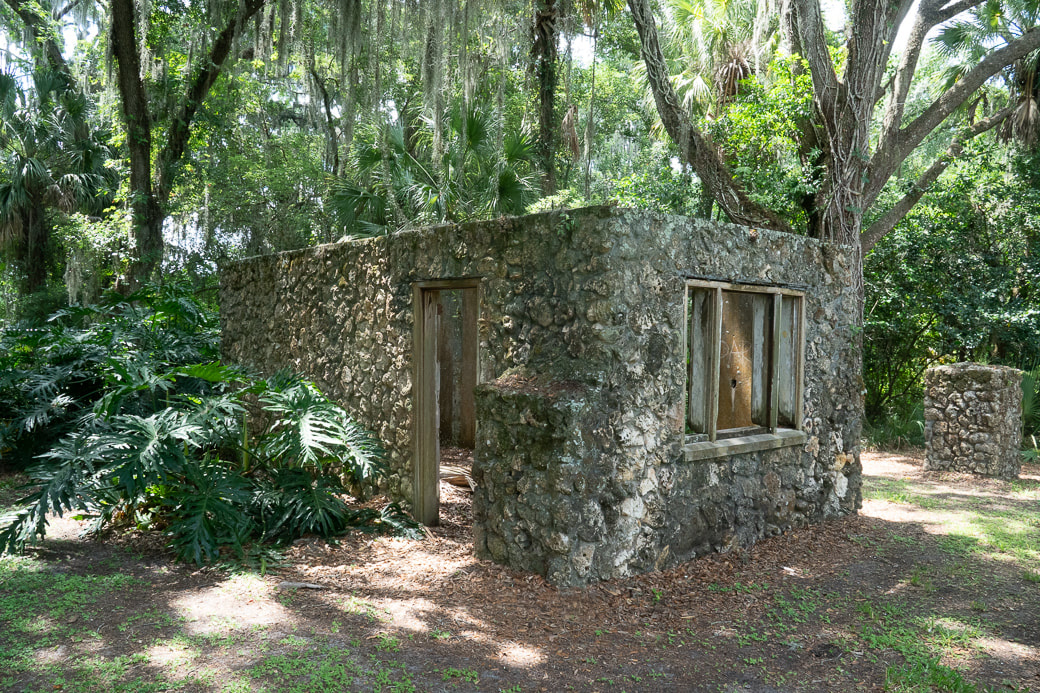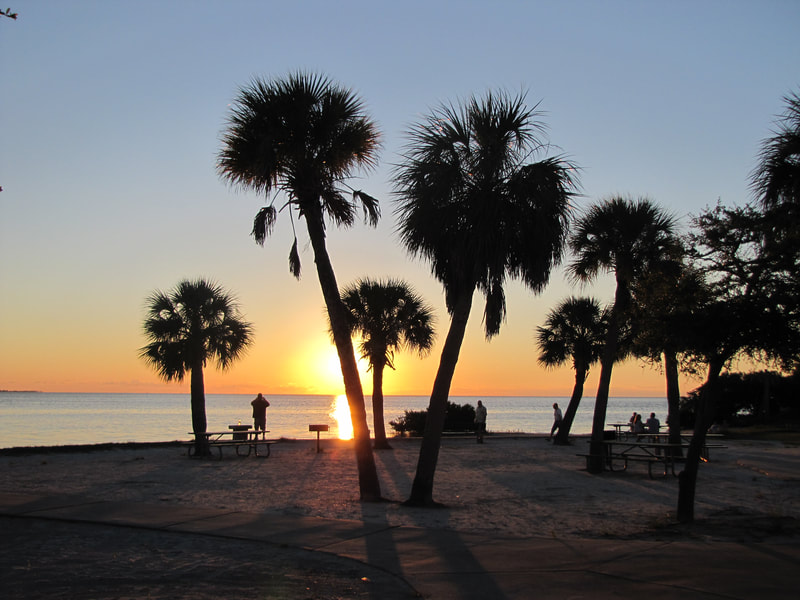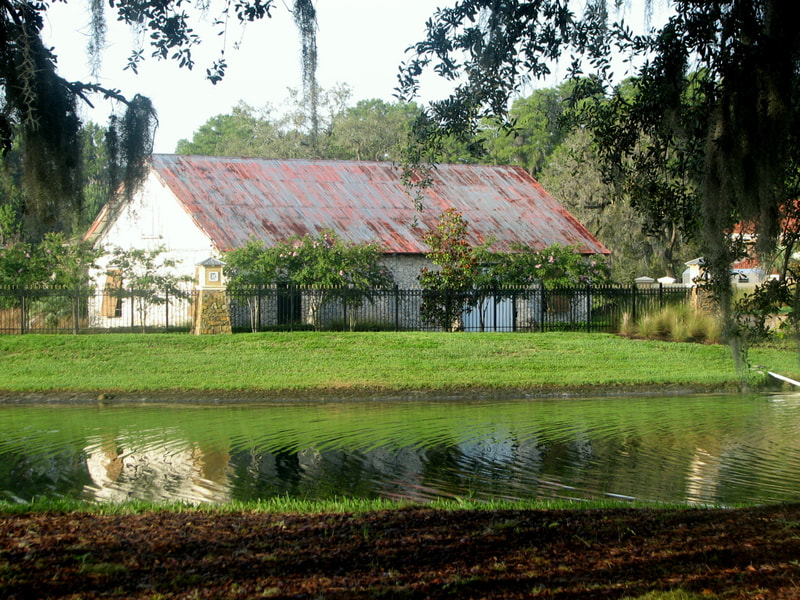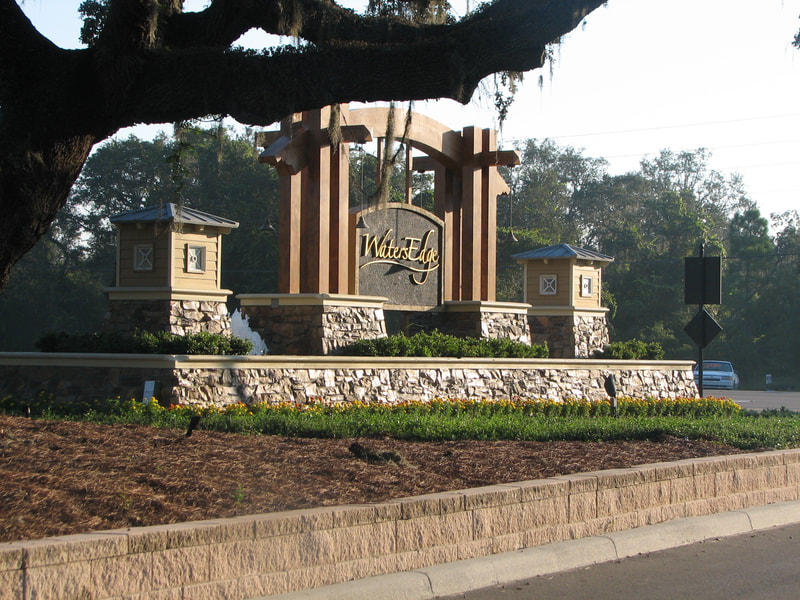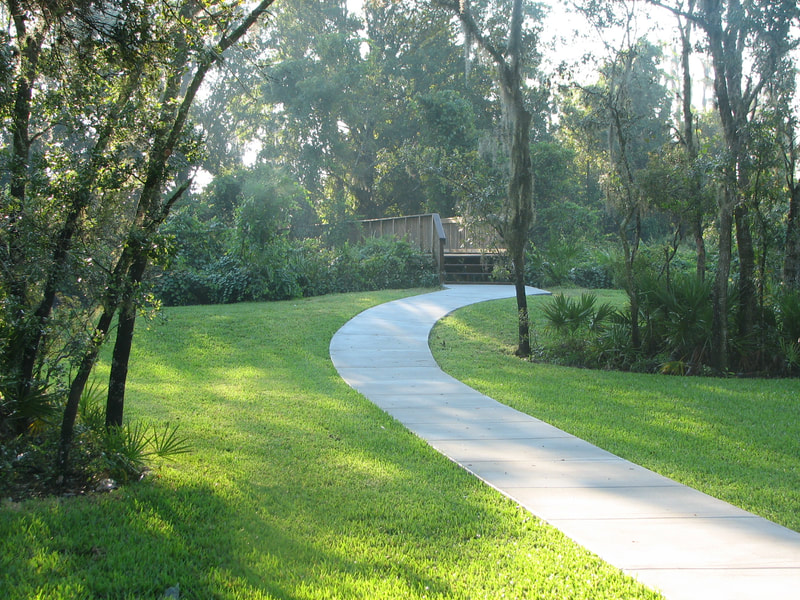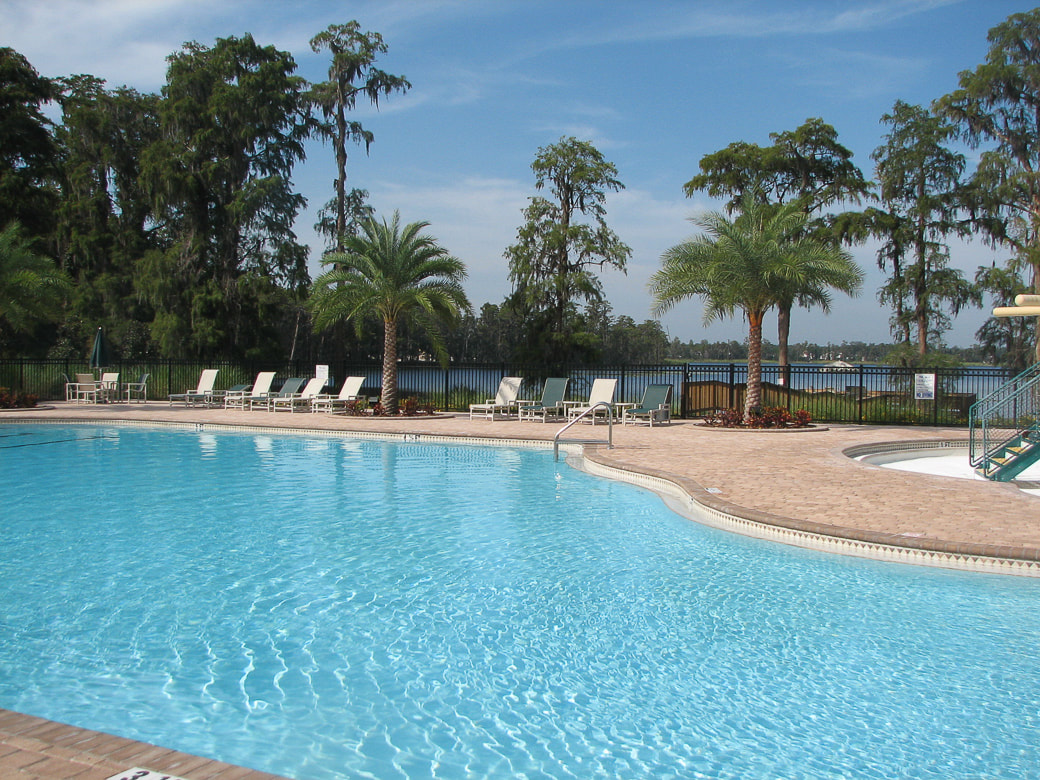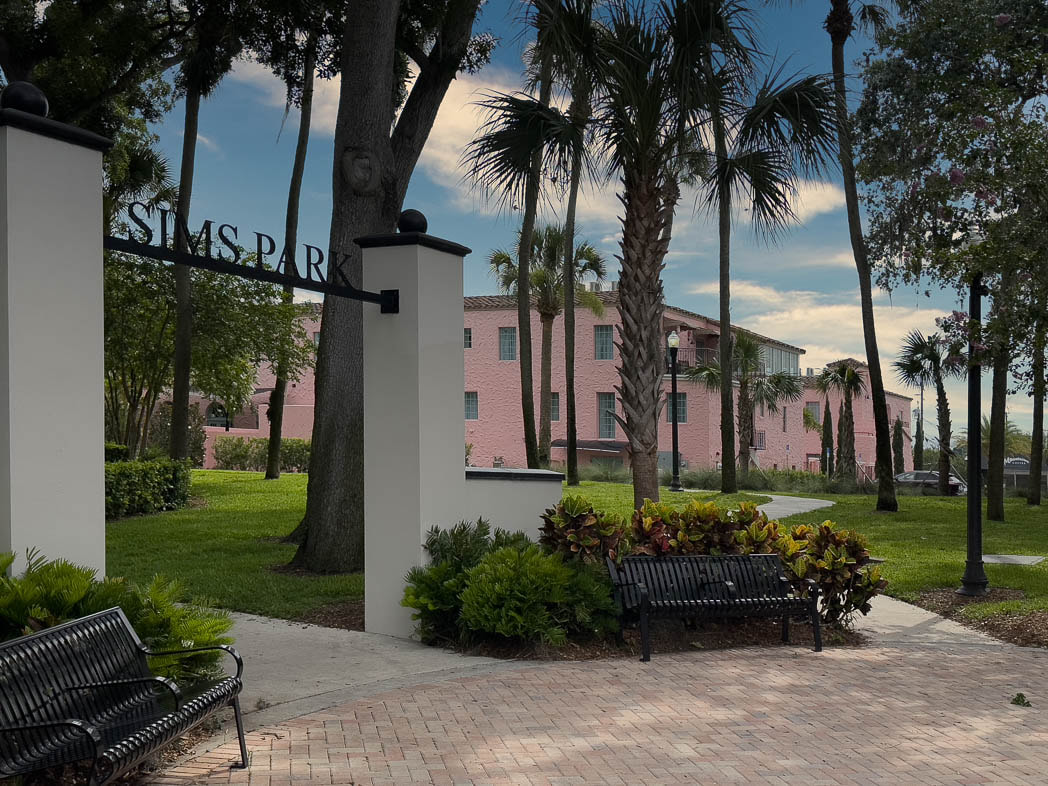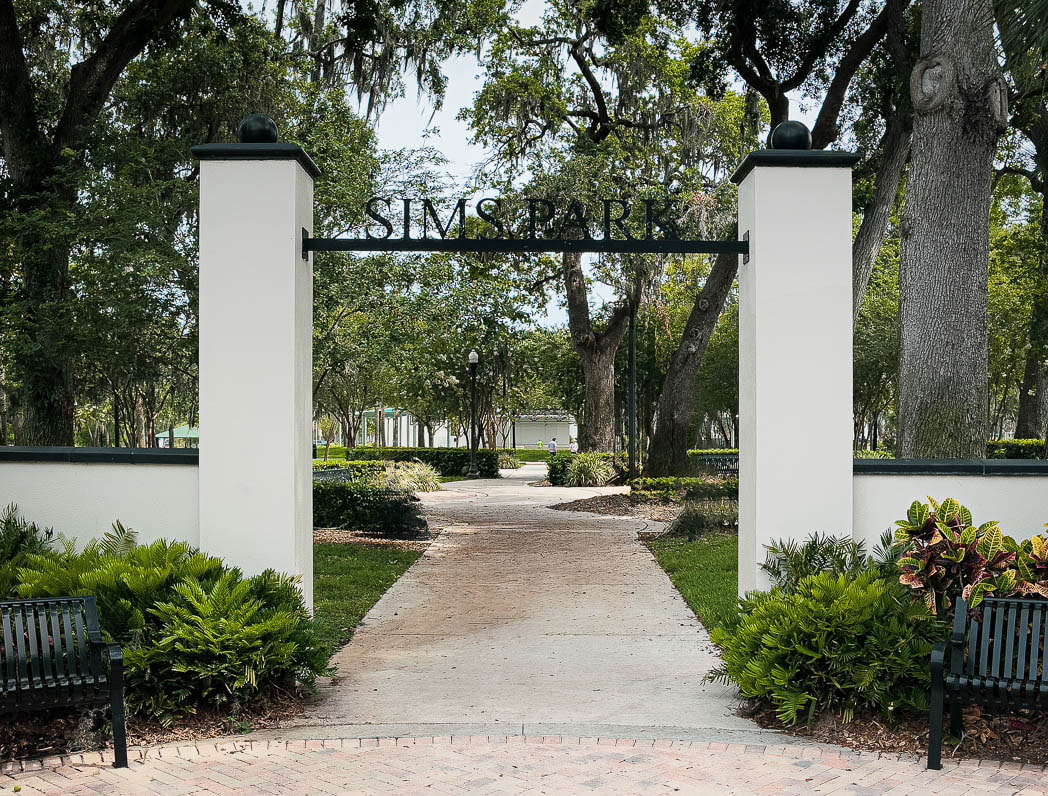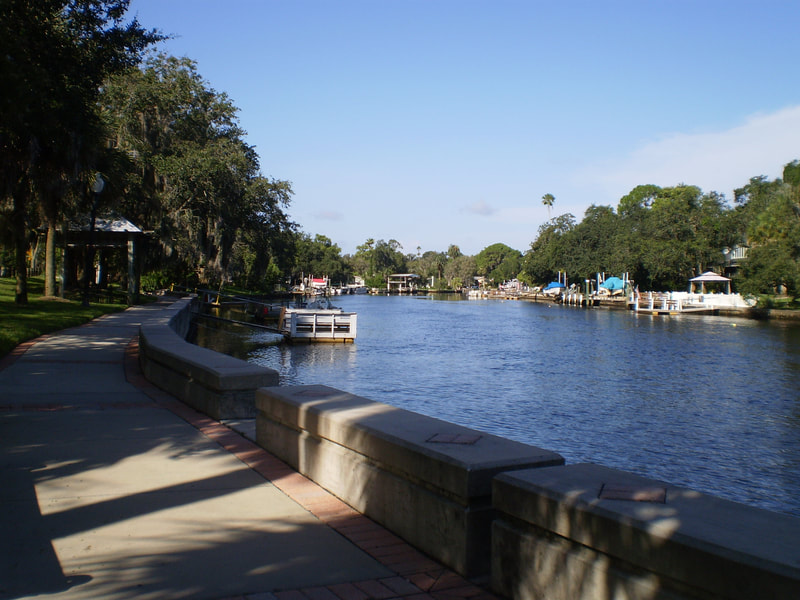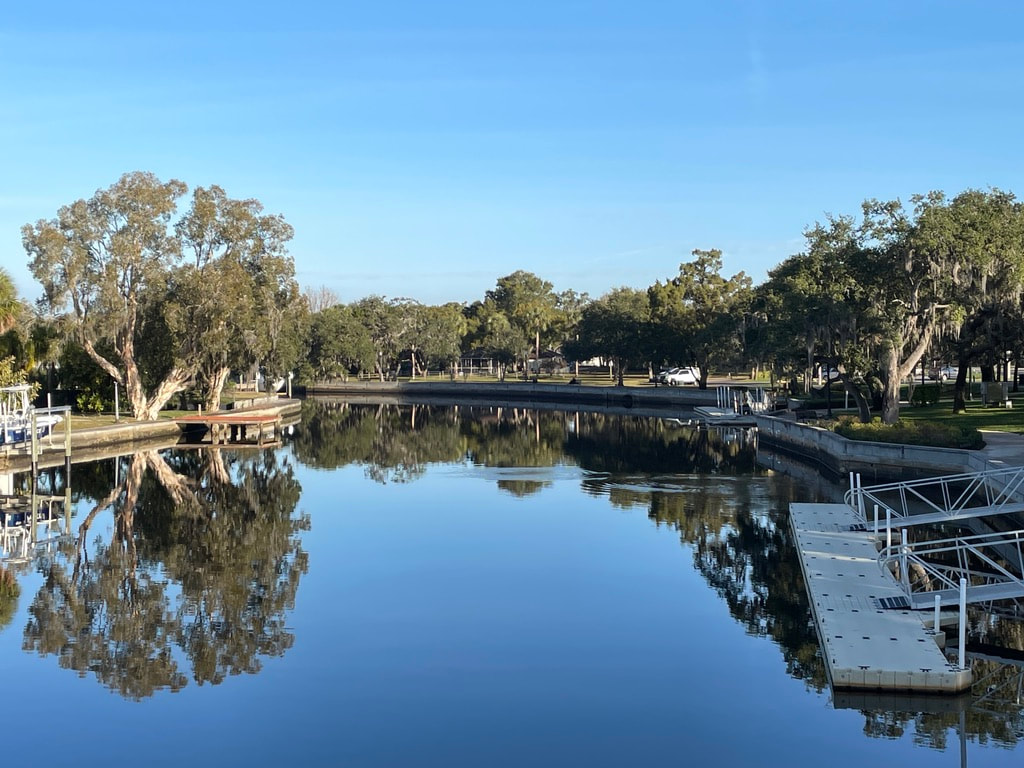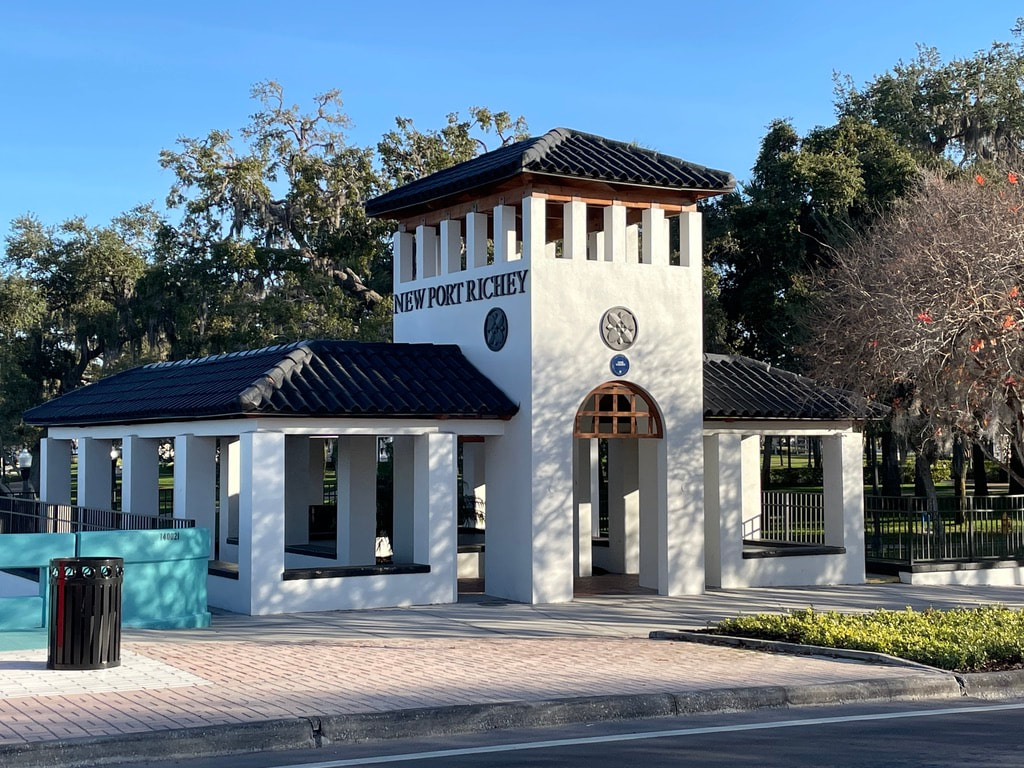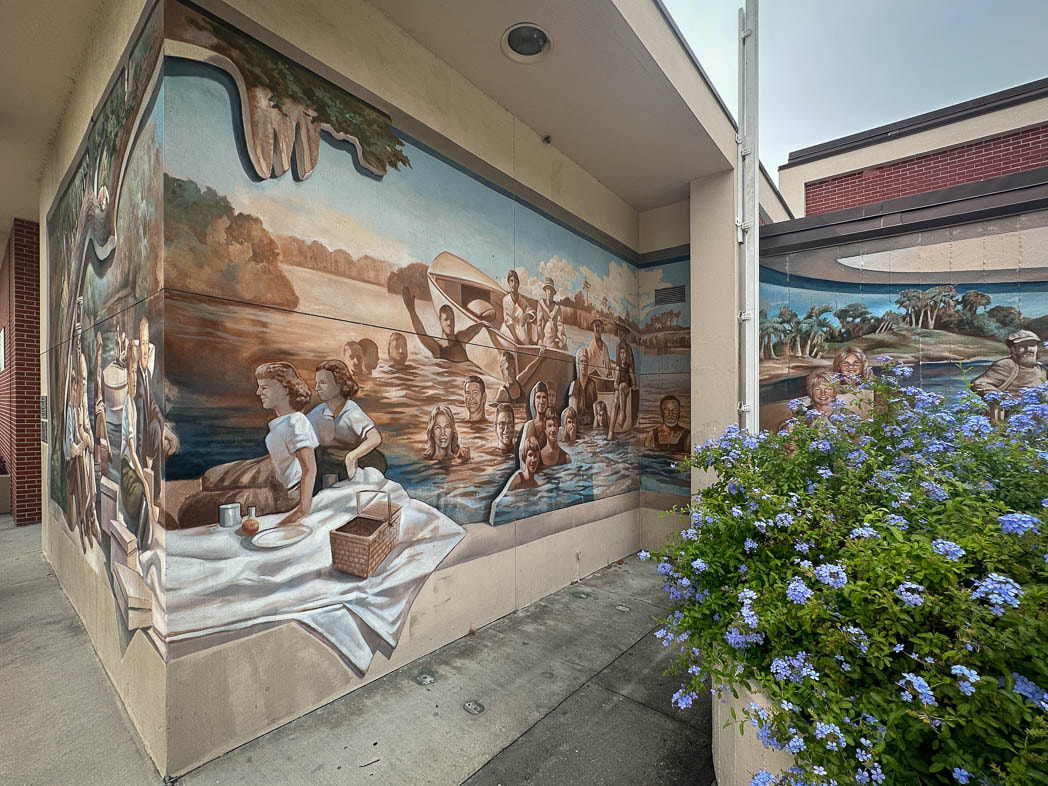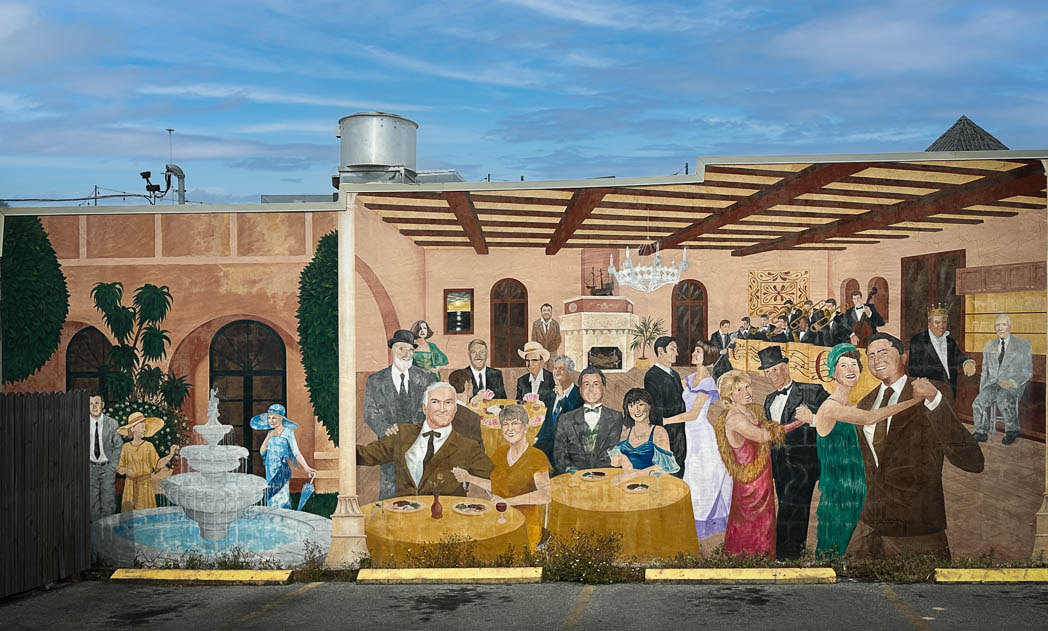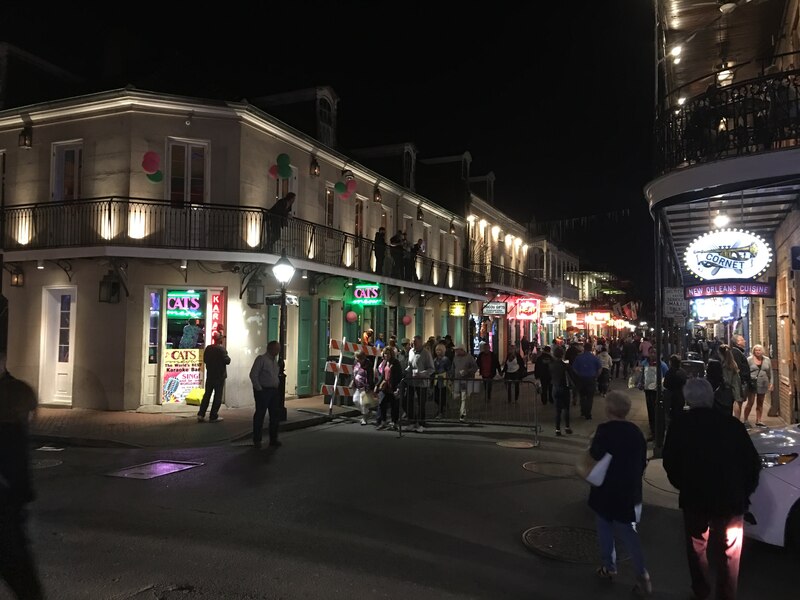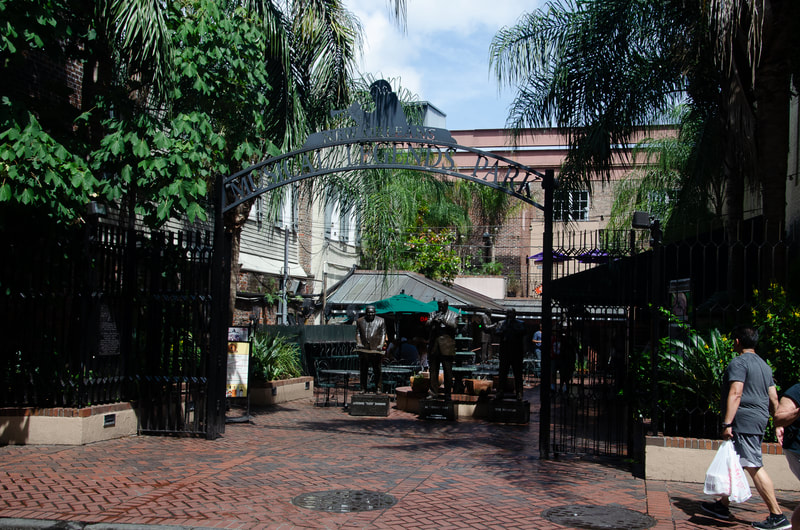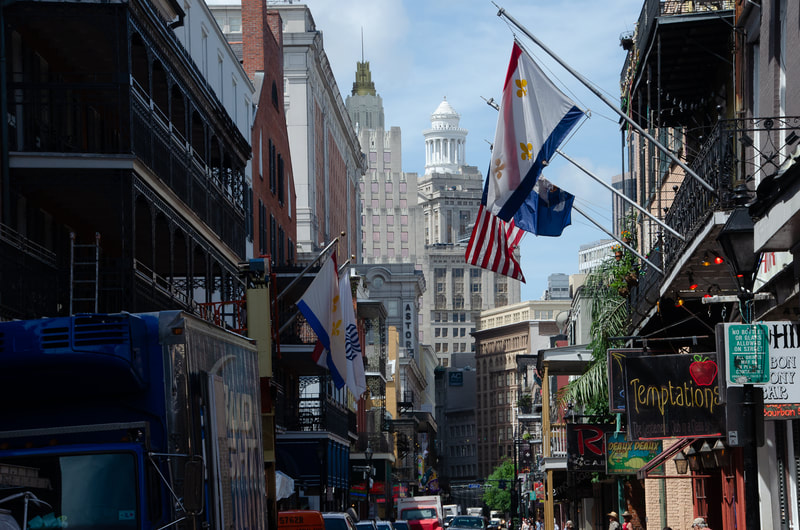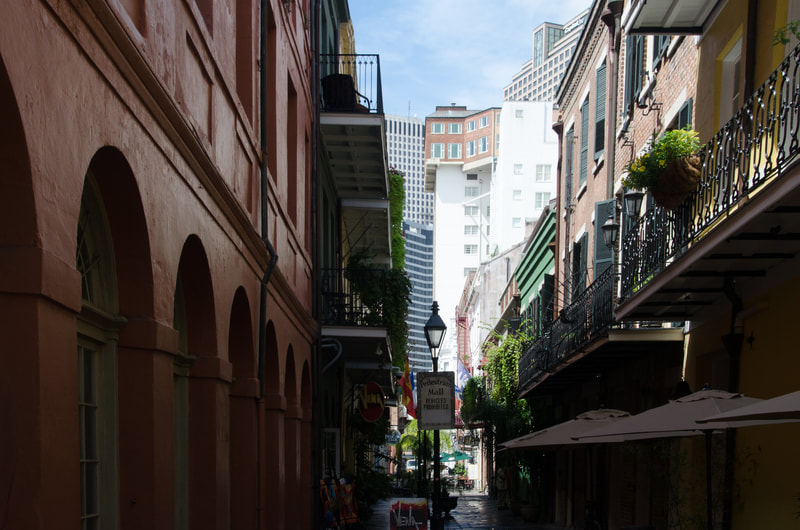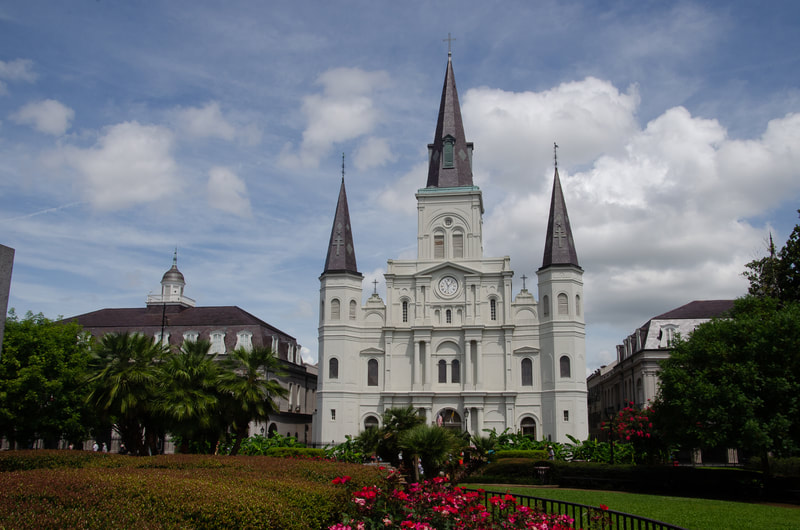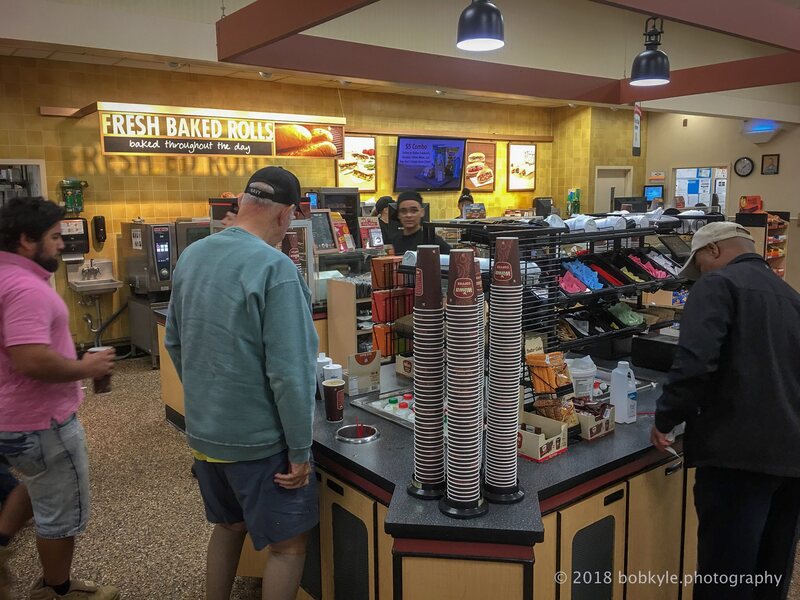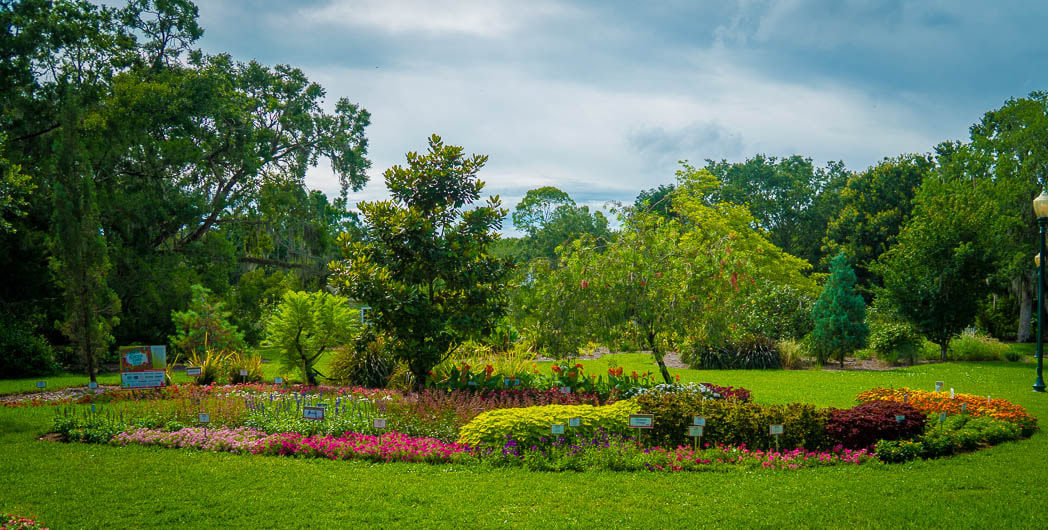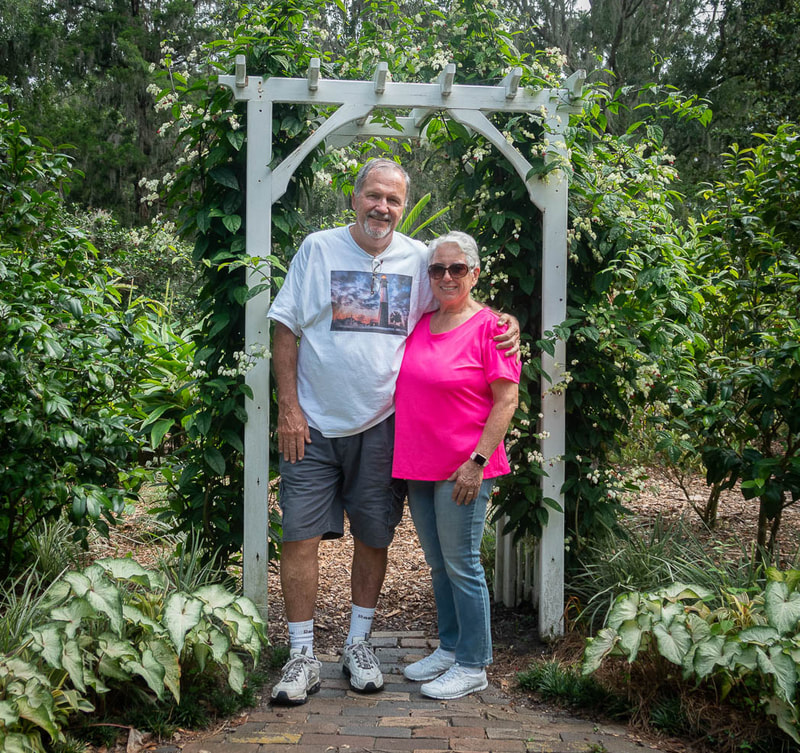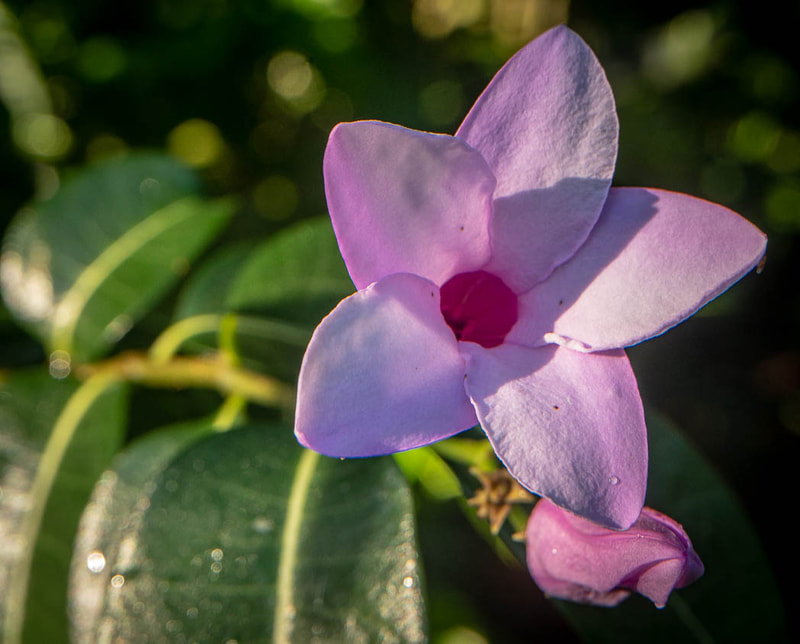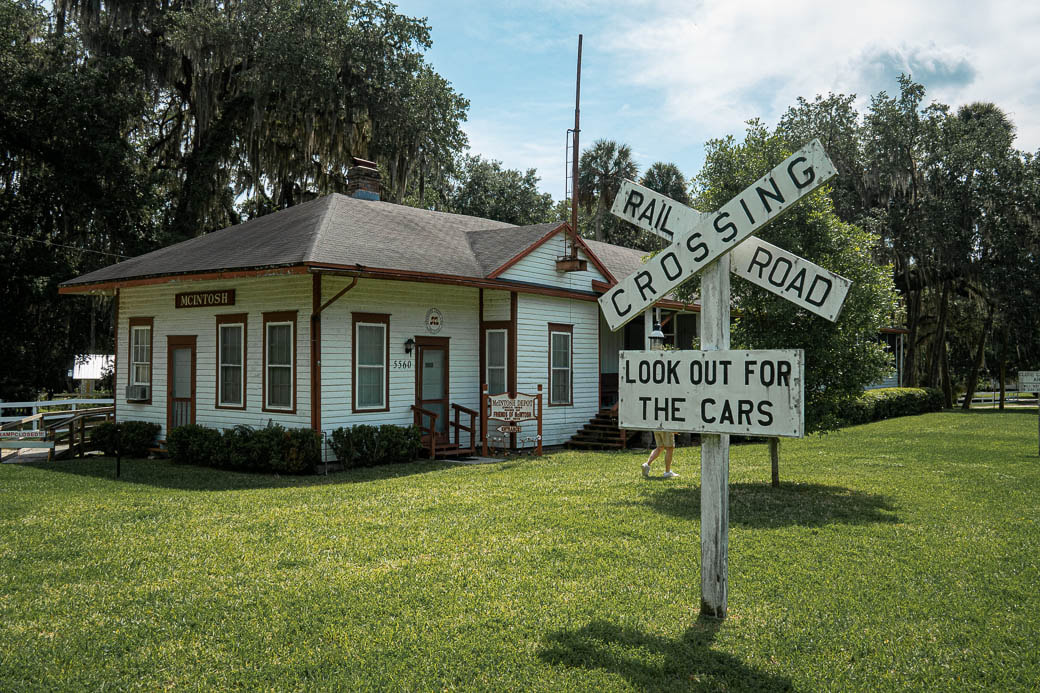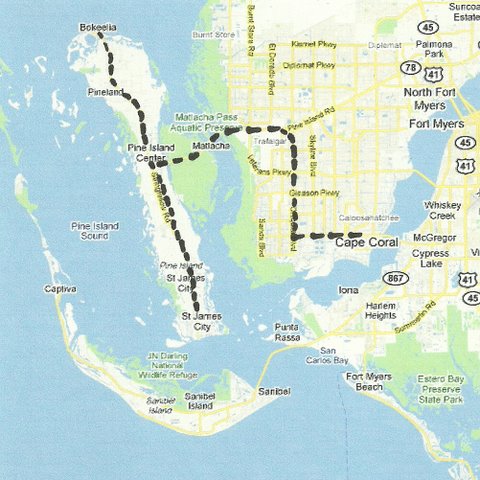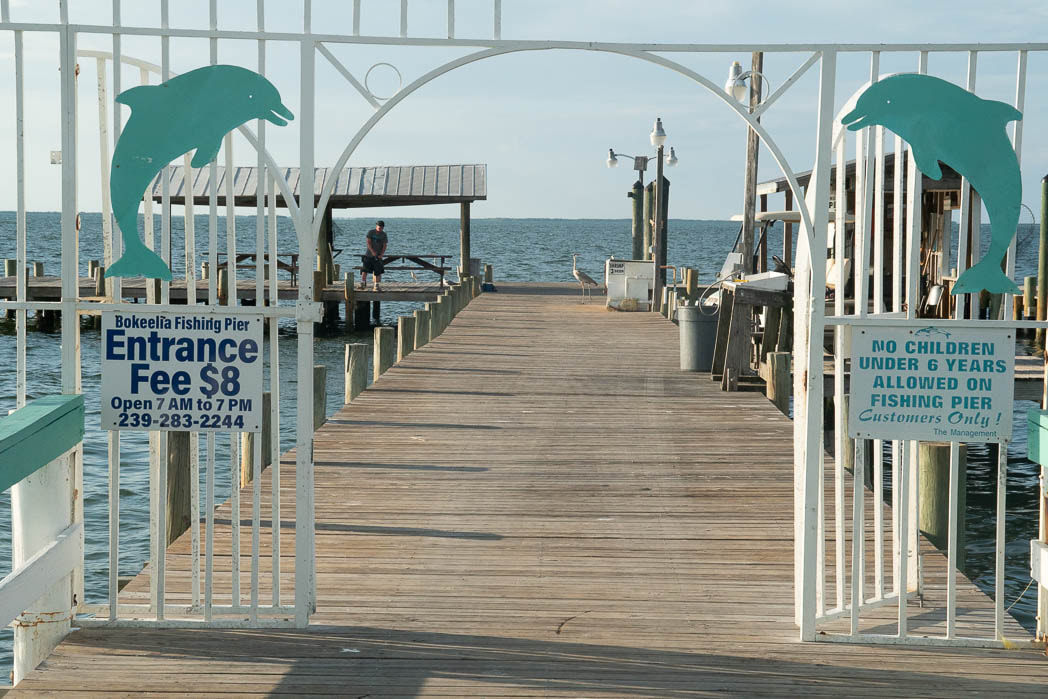The town of Bayport in Hernando County is at the western most terminus of HWY 50/Cortez Blvd. The original town site no longer exists - now a public park and boat ramp. There are a few dwellings from the early 20th century remaining just outside of the park entrance, but much of the land was deeded to South West Florida Water Management District (SWFMD) in 2000-2001. Continued Ghost Town
|
Random pics An abandoned town - Bayport ... The town of Bayport in Hernando County is at the western most terminus of HWY 50/Cortez Blvd. The original town site no longer exists - now a public park and boat ramp. There are a few dwellings from the early 20th century remaining just outside of the park entrance, but much of the land was deeded to South West Florida Water Management District (SWFMD) in 2000-2001. Continued Ghost Town
0 Comments
In Hernando County - unincorporated community Eddie and I stopped for lunch on a gentle road trip through Hernando and Pasco Counties. Other Hernando and Pasco County sites ... photos
The Tolstoy Home In 1923, at the age of 65, Henry Stuart from Nampa, Idaho, was diagnosed with tuberculosis. They still called it “consumption” in those days, and the typical advice from doctors was to move to a better climate. Since Alabama was warmer than Idaho, Stuart packed up, bought ten acres of wooded land in Baldwin County sight unseen, and moved the 2,500 miles along the routes of the day. Once Stuart got to Fairhope, Alabama, he built himself a simple, round hurricane-resistant home, only 14 feet in diameter, fashioned from bricks and hand-made concrete blocks. The floor level of the house was set 16 inches below the surrounding land for a more constant intetior temperature. By 1925 the little hut was just about finished, and Stuart dubbed it “Tolstoy Park” (Stuart was aware that Russian author Leo Tolstoy had been virtually a wandering hermit during the time just before his death). Stuart used a ladder to access his “bed”, a rope-strung hammock high above floor level. Raed More Here - - - - - - - - - - - - - - - - - - - - - - - - - - - - - - - - - - - - USS Alabama Battleship Park From its humble beginnings on February 1, 1940 as the keel was laid at the Norfolk Navy Yard in Portsmouth, Virginia, Battleship USS ALABAMA (BB-60) has had a remarkable career. She began her World War II adventures in the North Atlantic in 1943, then later that year, went to the South Pacific seas. She ended up in Mobile, Alabama as a National Historic Landmark and memorial to millions. - - - - - - - - - - - - - - - - - - - - - - - - - - - - - - - - - - - - Mobile was founded as the capital of colonial French Louisiana in 1702 and remained a part of New France for over 60 years. During 1720, when France warred with Spain, Mobile was on the battlefront, so the capital moved west to Biloxi. In 1763, Britain took control of the colony following their victory in the Seven Years' War.
During the American Revolutionary War, the Spanish captured Mobile and retained it by the terms of the Treaty of Paris in 1783. Mobile first became a part of the United States in 1813, when it was captured by American forces and added to the Mississippi Territory, then later re-zoned into the Alabama Territory in August 1817. Credit Wiki "In the mid-1920s, the Venice train station was the arrival point for people interested in purchasing a property. During World War II, trains delivered personnel, vehicles, construction materials, and supplies to maintain the Venice Army Air Base. From 1960 to 1991, the Ringling Bros. & Barnum and Bailey Circus made its winter home in Venice. The circus arrived by train and left weeks later for circus performances around the country. Passenger service ended in 1971."
Venice Train Depot Circus CarA retired circus train car made its final stop at the Historic Venice Train Depot, where the Venice Area Historical Society (VAHS) installed the car to help tell the story of Venice’s role in U.S. circus history. Source: Venice Train Depot The name Pascagoula, which means "bread eater", is taken from the Pascagoula, a group of Native Americans found in villages along the Pascagoula River some distance above its mouth. Hernando de Soto seems to have made the first contact with them in the 1540s, though little is known of that encounter. Pierre Le Moyne d'Iberville, founder of the colony of Louisiana, left a more detailed account from an expedition of this region in 1700. Source Wiki
"Florida was also home to the world’s largest sandcastle in 1985. Florida Governor Jeb Bush proclaimed Treasure Island as the Sand Sculpture Capital of Florida in 2001. This is what helped lead to the creation of Sanding Ovations, an annual sand sculpting exhibition and competition. Master sand sculptors from around the world come to Treasure Island to create sand masterpieces for everyone to enjoy." Source: Sanding Ovations
More ... Sand Castles Competition Demolition of the Redington Long Pier is nearly complete, the latest volley in a contentious battle between the owner of the historic structure and the Redington Shores Town Commission. The 1,200-foot wooden fishing pier, built by developer Charles Redington in 1962, was deemed unsafe by Florida Department of Environmental Protection in 2007.
Repairs were made at that time, and the structure remain opened for business. But wind and weather tore away at it, leading owner Tony Antonius to voluntarily shut the pier down after 2017’s Hurricane Irma dealt the death blow. In October 2019, the commission voted 4 to 1 to deny a land-use change, required so that developers could build a 120-room, nine-story hotel on the pier property, at 17490 Gulf Blvd. The land use would have changed from recreation open space to resort facility. ... continued Here A Trip to enjoy ... San Fran, Napa Valley and the best B&B we have ever stayed in. We can talk about the sites and memories but we most recall ...
7+ Acres in Punta and 2 Annie Oakleys Ginger's Hog Hunt ...
Guide say to Ginger while they both are positioned on top of the hunt vehicle ... "can you 'free hold' the rifle and shoot without sand bag support?" ... Ginger says "locked and loaded - YES!" the red hog is down! (that was just after we all (sitting in the vehicle under her) see the barrel swing 90 degrees to shoot the hog - we all duck low) The Plant City Union Station Depot is a historic facility in downtown Plant City. It is located at Drane Street and Palmer Street and was built in 1908-1909 by both the Atlantic Coast Line (east-west line) and Seaboard Air Line Railroads (north-south line). The building includes a one story brick passenger depot and two story Railway Express Agency brick freight terminal/loading dock. Even after the merger of the two railroads into the Seaboard Coast Line Railroad in 1967, Plant City Union Depot continued to operate until 1971. Source: PlantCity.Gov Personal: This was great find for us and probably one of our five most attractive Train Depots to find. See below for two Facebook Posts of our visit. Unfortunately, we were unable to visit inside the museum. Note: open the Facebook images to read the text. Personal Visits - Facebook Posts
“Park Station,” the beautiful reproduction of an old-time train station and home to its own little jewel: “Roe’s Deli. There are exhibits of historical photographs and other items both on the first and second floor of the foyer. Look for the "pull out" oak display cabinets on the first floor of the station and the glass display cabinet around the balcony on the second floor.
This Caboose was obtained with the help of former Florida Senator Jim Sebesta in March of 2006. It was used by a restaurant in the Florida panhandle as a place for entertainers to stay while they were entertaining at the restaurant on weekends. YouTube: Park Station The Live Oak, Perry and Gulf Train Depot was built in 1918.
"At one point, the future of the landmark was at risk, but locals and supporters from out-of-town pushed to preserve and restore it. The city bought the building, which was dedicated as "Perry Historic Station" in 2009. Now, a florist is on one end of the building, and a coffee shop is on the other." Source: WTXL "The heart of the museum is dedicated to longleaf pines and the 5,000 products manufactured from them. The 50-plus-year-old longleaf pines growing on the museum grounds provide a majestic canopy and create an enjoyable walking trail for visitors. Upon exiting the museum, visitors take a step back in time to explore an authentic 19th-century cracker homestead, much like those scattered throughout Florida at the turn of the century." Source: Forest Capital Museum State Park Perry Historic Train Depot - Click Here
Parrish Museum ... "You have arrived at Florida’s Home of Railroad History. The Museum offers one of the most unique museum experiences in the world. Here you "Ride the Exhibits!" The Museum is open most Saturdays and Sundays from 10 AM to 4 PM, year-round, in Parrish, FL. Hour and a half excursions on historic rail equipment depart from the Parrish Train Station at 11 AM and 2 PM. Special events are scheduled throughout the year featuring themed train rides." Source: Parrish Museum
Personal Note(s) ... We experienced and particpated in the World War 2 re-enactment - very much 'alive' Pasco County was created on June 2, 1887, from the southern third of Hernando County. The same legislation also created Citrus County from the northern third of Hernando County. The county was named after Samuel Pasco, who had just been elected to the United States Senate.
Dade City was named the temporary county seat until a popular vote was held in 1889, at which time voters made Dade City the permanent county seat. As early as 1917, residents of the western part of the county proposed forming a separate county or merging with Pinellas County, as Dade City was not centrally located in the county. The issue was finally resolved in the late 1970s with the construction of identical government centers in both Dade City and New Port Richey.[citation needed] The earliest towns were Anclote, Blanton, Dade City, Earnestville, Fort Dade (not to be confused with Fort Dade on Egmont Key), Macon (Trilby), Lacoochee, St. Leo,[5] and San Antonio. Citrus was an important industry when the county was formed, although a decline followed a freeze in 1895. Several large sawmills operated in the county in the early part of the 20th century.[citation needed] During the Florida land boom of the 1920s, New Port Richey became the winter home of silent screen star Thomas Meighan and golfer Gene Sarazen; Meighan attempted to bring other Hollywood figures to the city. The county has experienced significant population growth since the 1960s. The growth began along the Gulf coast but is now occurring most rapidly in areas north of Tampa. Source: Wki 50-acres of beautiful gardens and historic home minutes from downtown Orlando. Discover over 40 different collections including a tropical rain forest, Florida's largest formal rose garden, butterfly garden and much more! Leu Gardens is always blooming.
"The Seminoles called the river, 'Myakka,' translation unknown. From the 1850's to the early 1900's cattle grazed freely on the dry prairie. This vast land of grasses and low shrubs was dotted with thousands of wetlands.
In the early 1900's, most of what is now state park was a cattle ranch. The first parcel of land for the park was purchased from the Palmer family who owned the ranch. Today, visitors can walk the road where the ranch foreman's house once stood. Between 1934 and 1941, the Civilian Conservation Corps, with help from the National Park Service and Florida Park Service, constructed facilities and developed the park. Myakka River State Park was opened in 1942. Many of the original buildings are still in use today. Historically, lightning ignited fires across the prairie and wetlands. Plants and animals depended on this natural burning for their survival. Then people suppressed fire. Much of the prairie grew into shrub or treed areas." Source: Myakka State Park "Its history dates back to 1849 when land that included McIntosh was purchased at a government auction held in Micanopy. Development took off after the Florida Southern Railroad was built in 1881. The route covered 81 miles from Palatka to Gainesville and Ocala and, when the train depot was built around 1895, it became the hub of citrus and vegetable shipping in the area.
McIntosh hasn’t changed in more than 80 years. After the last train passed through in 1974, a local group known as The Friends of McIntosh purchased the depot and restored it. The depot now houses a museum of railroad memorabilia. From the ticket counter to the baggage area, visitors can take that step back in time and experience a slice of life of old Florida railroad history." Source: Florida Magazine "The original settlement of Bokeelia is on Bokeelia Island, connected to Pine Island by a short bridge on Stringfellow Road (County Road 767), the main road through the community, and which ends at the town's short Main Street along Charlotte Harbor. To the south Stringfellow Road leads 7 miles (11 km) to Pine Island Center, from where County Road 78 leads west to Cape Coral on the mainland." Source: Wiki. More Info - Here
|
|


